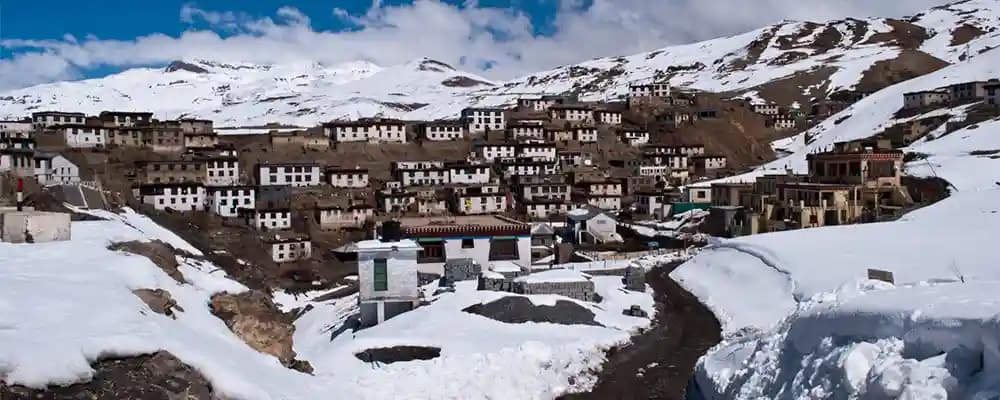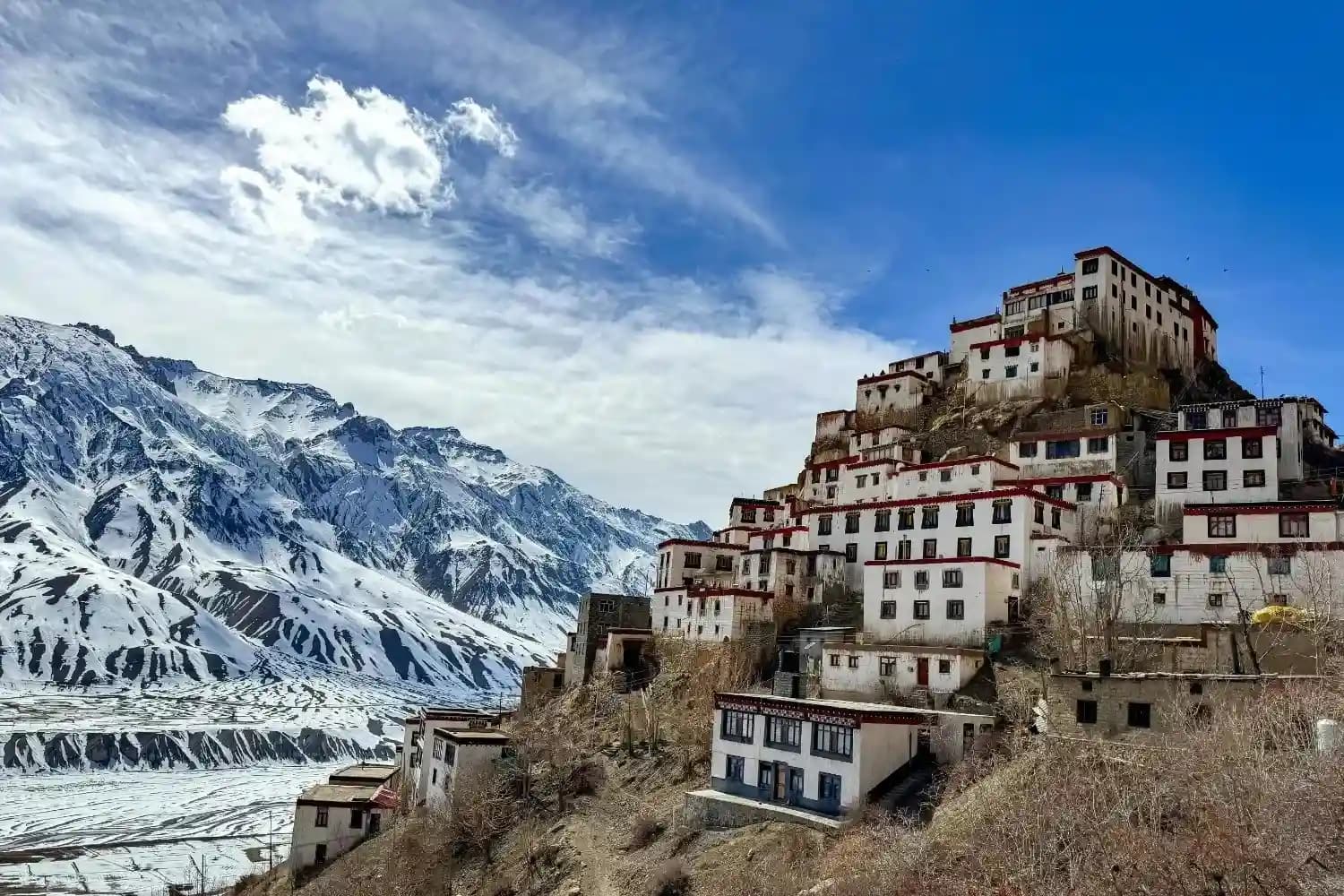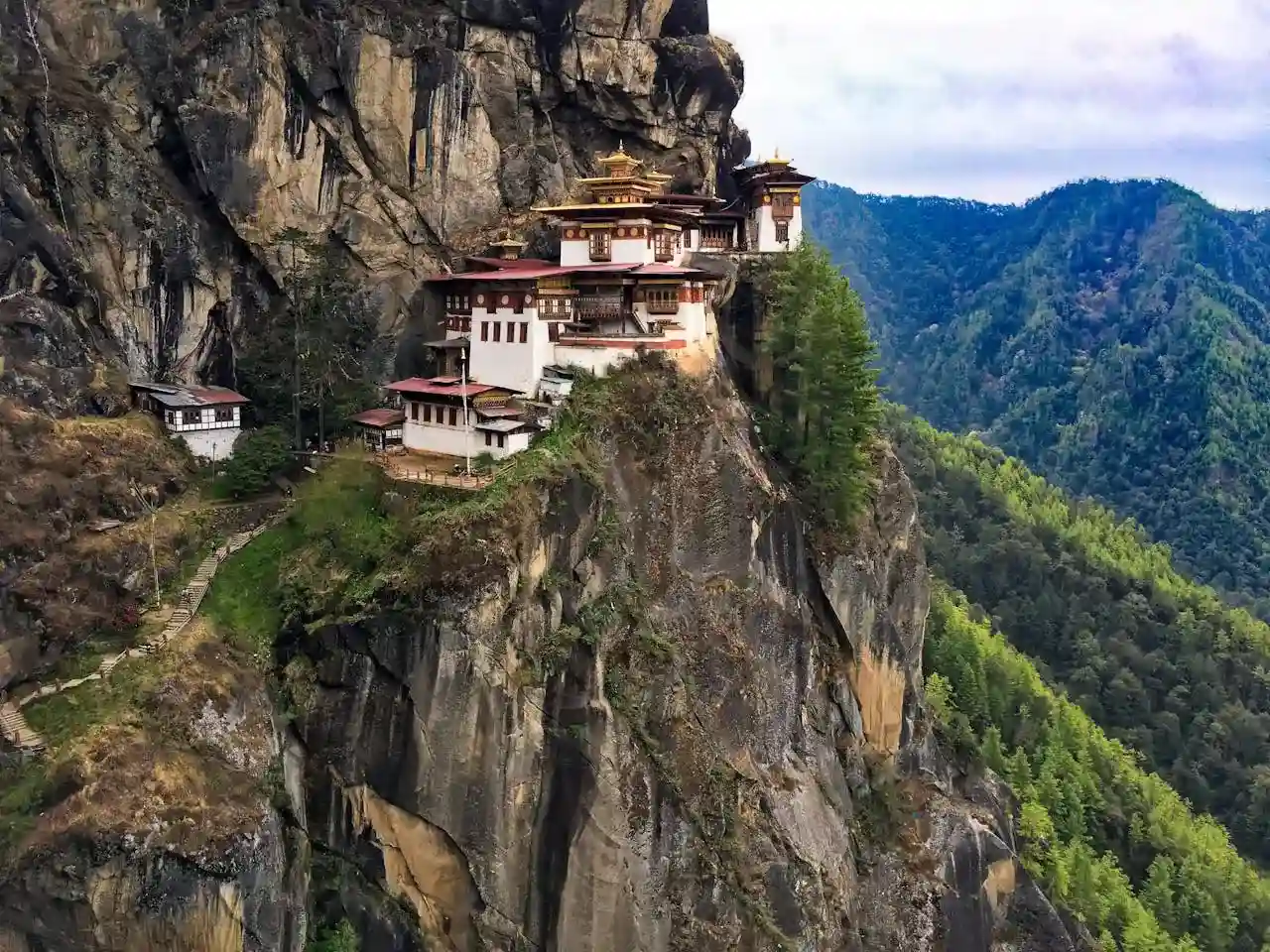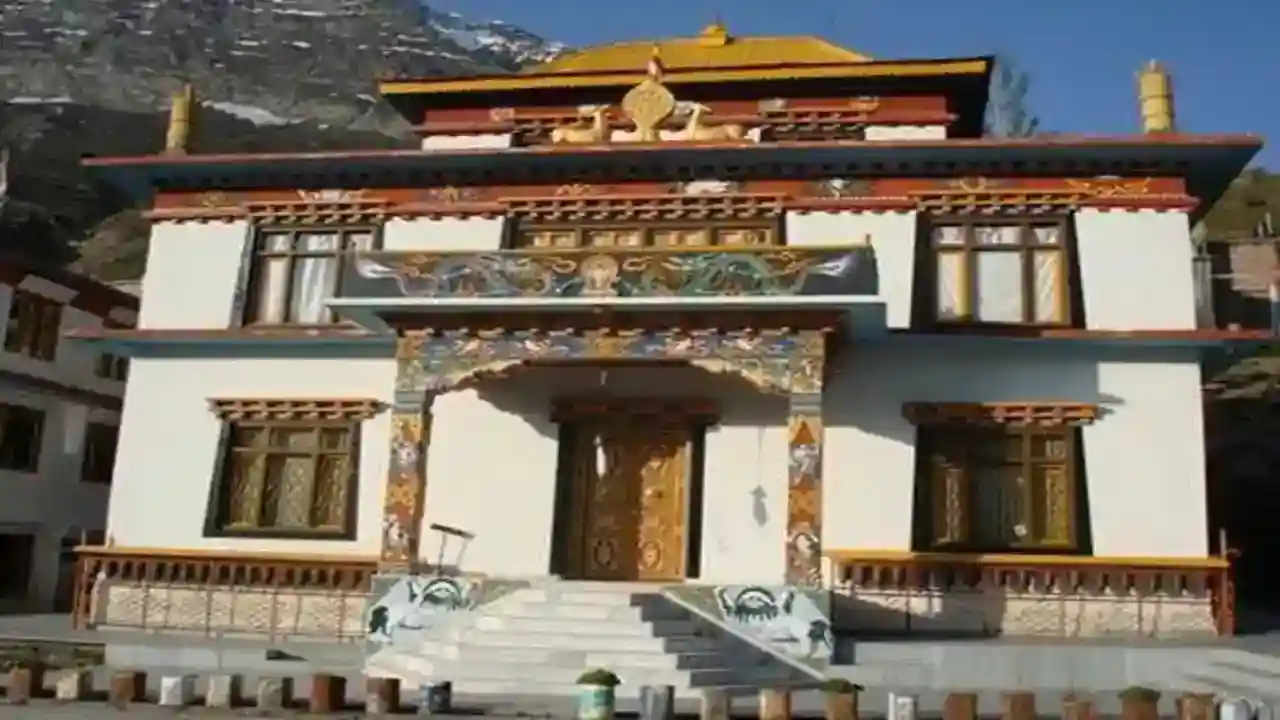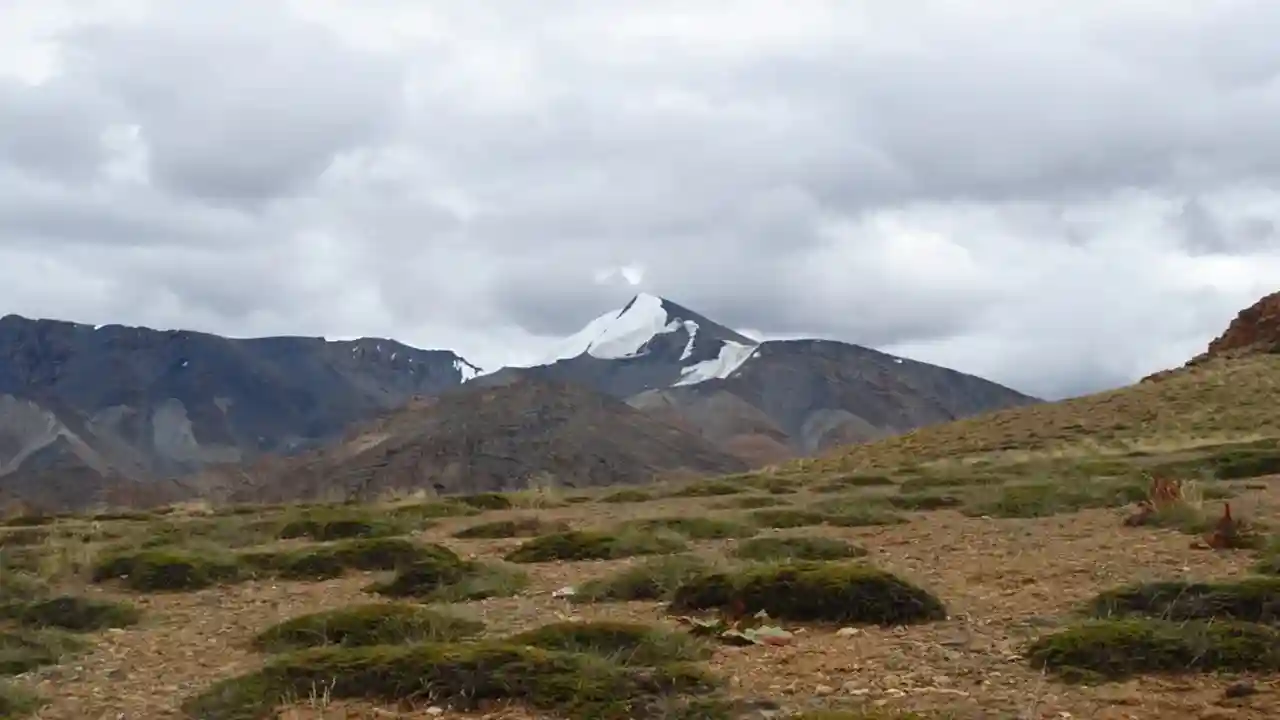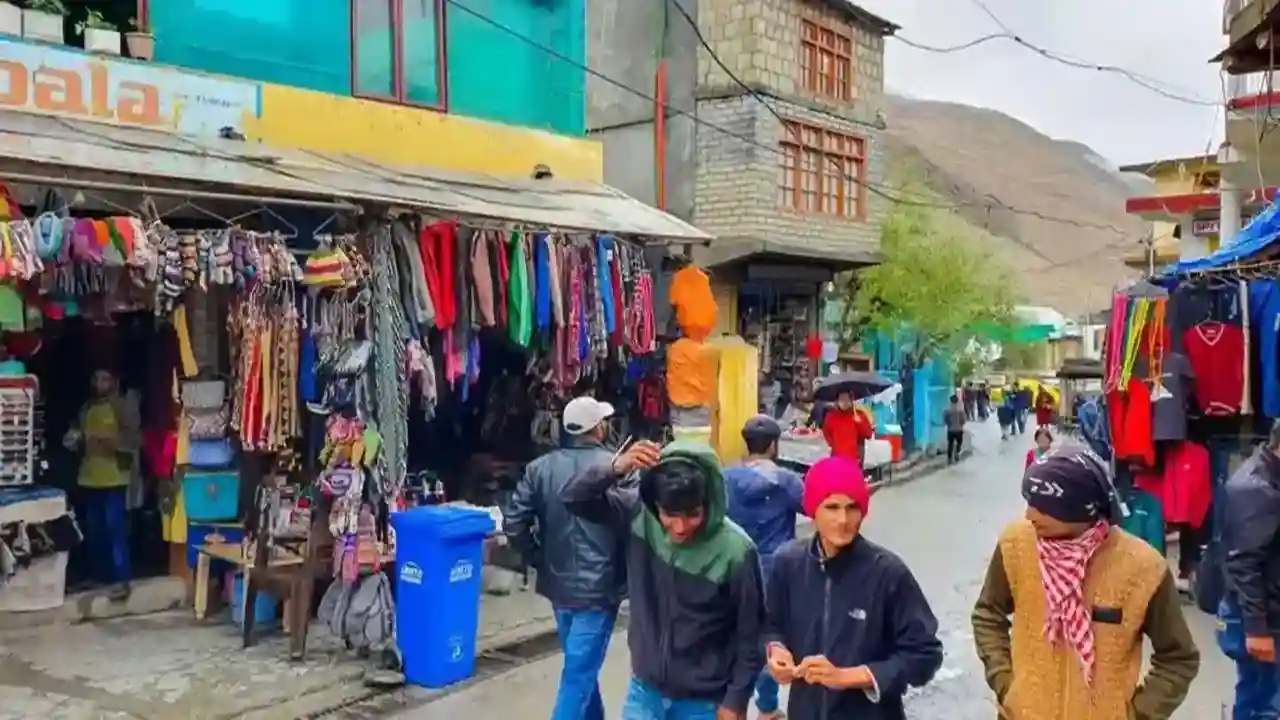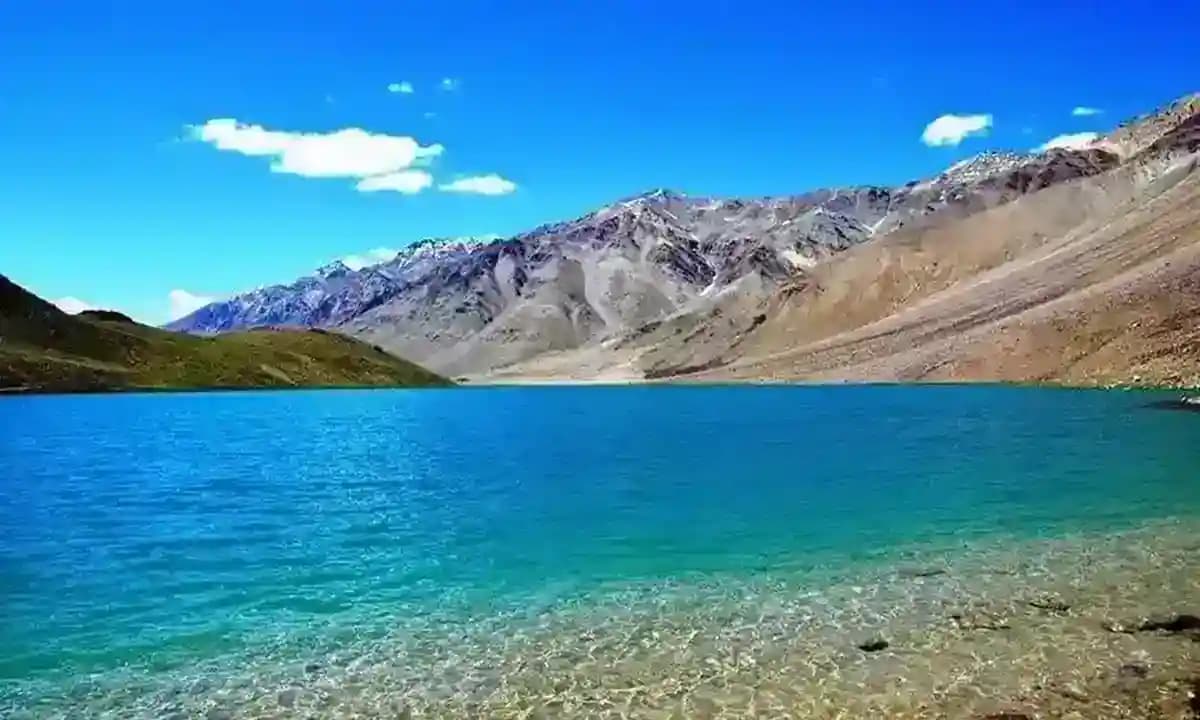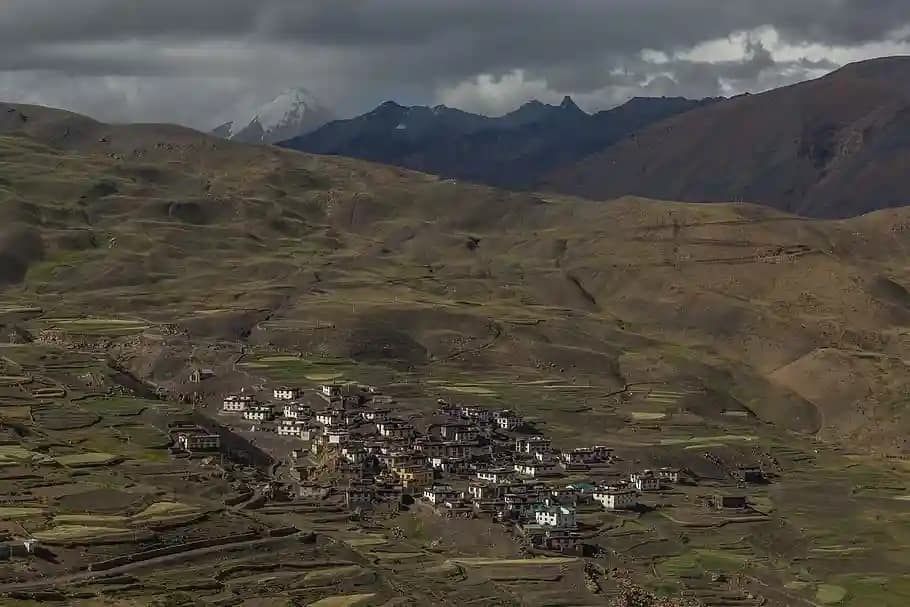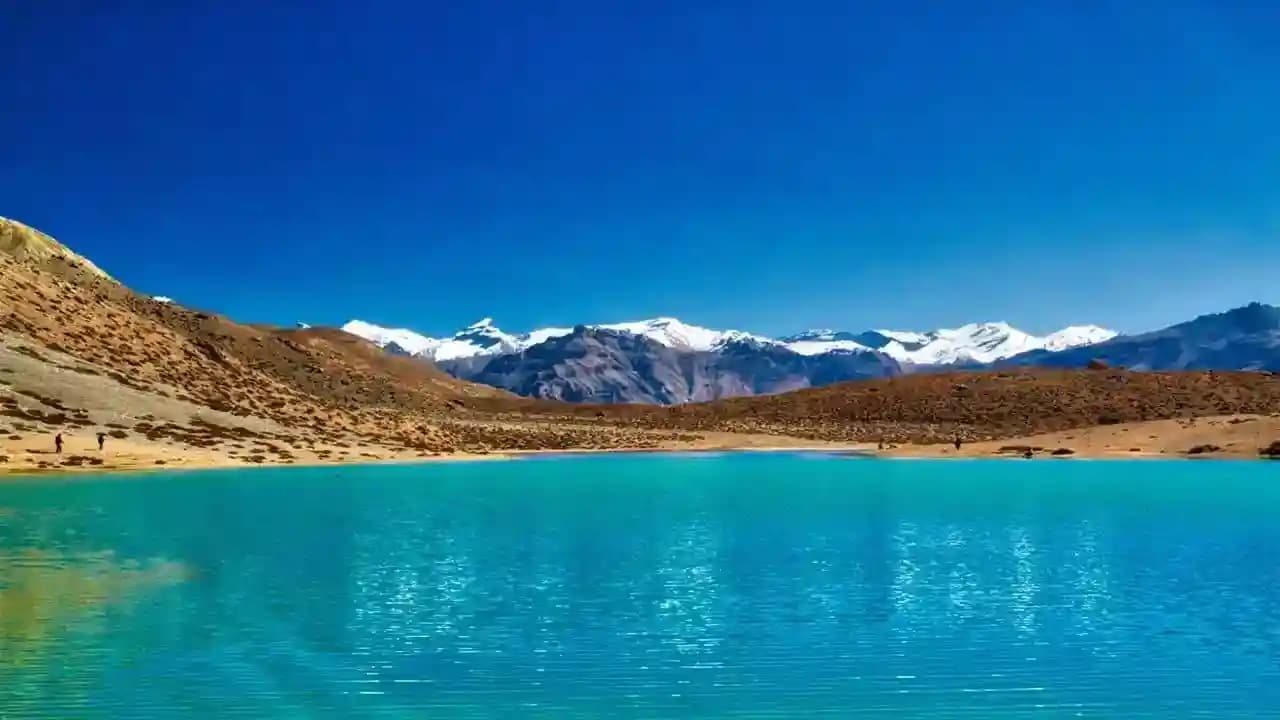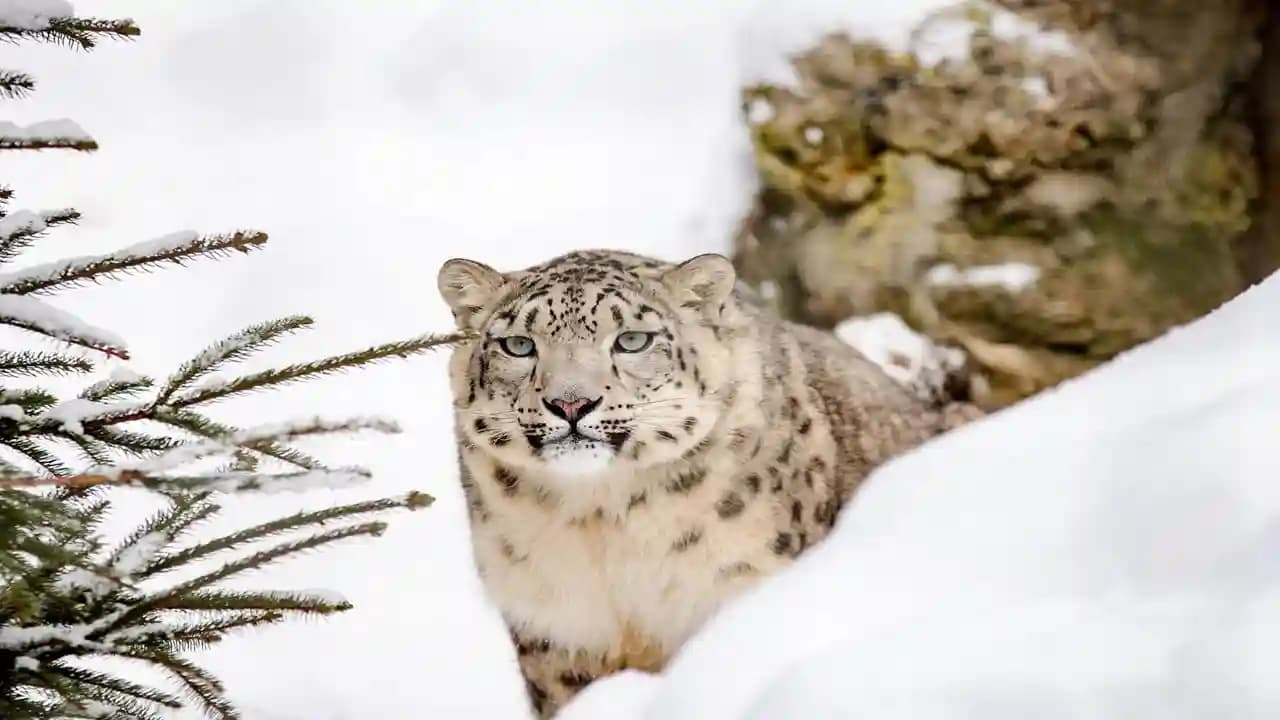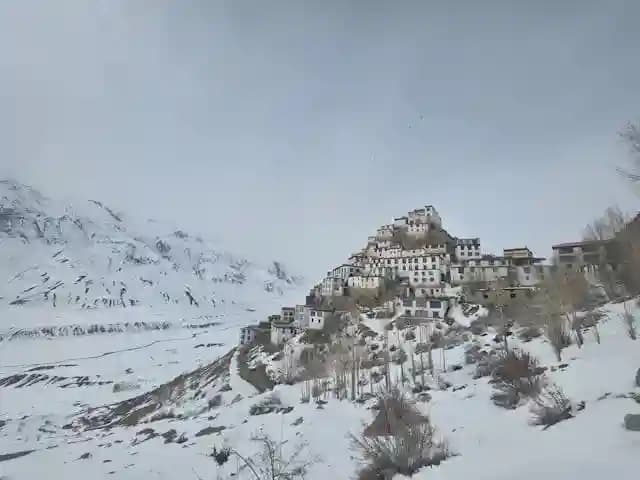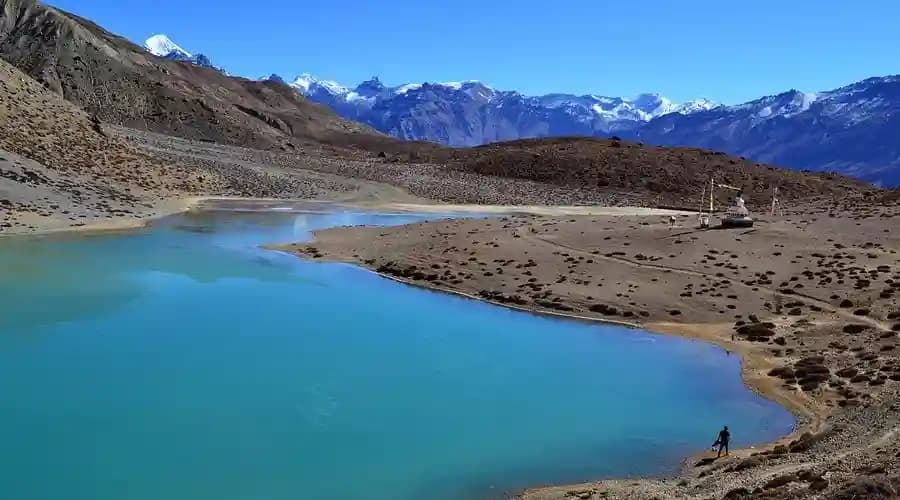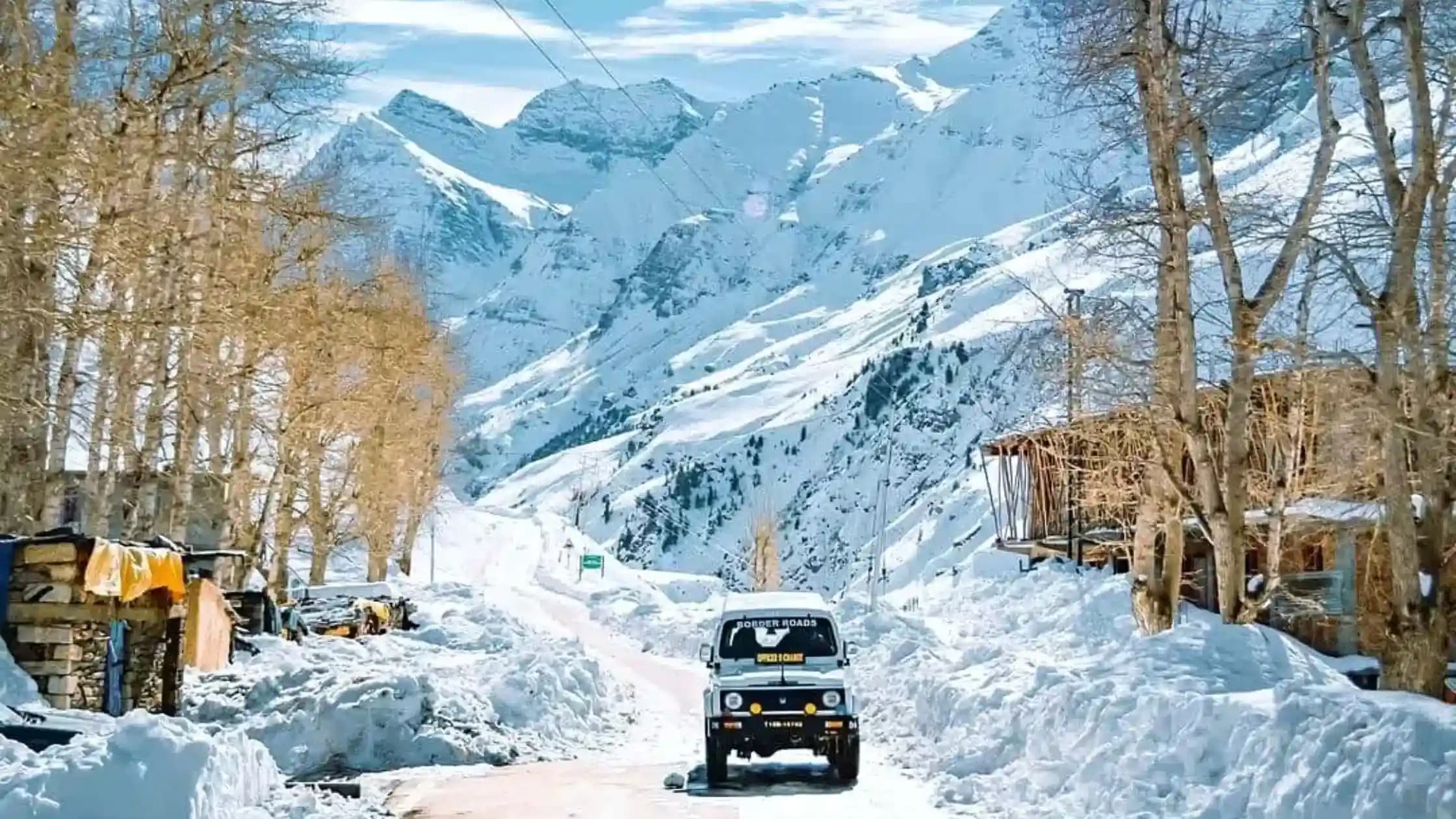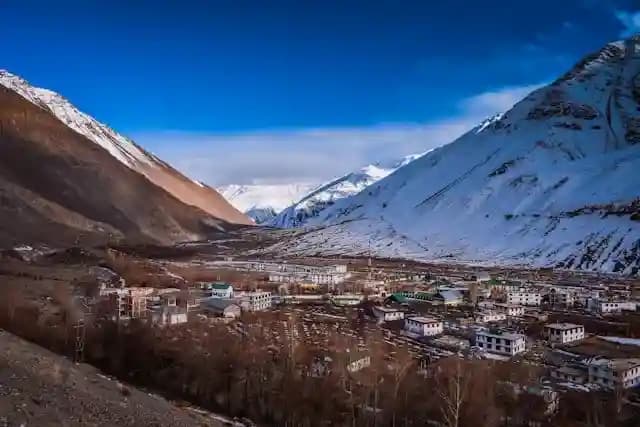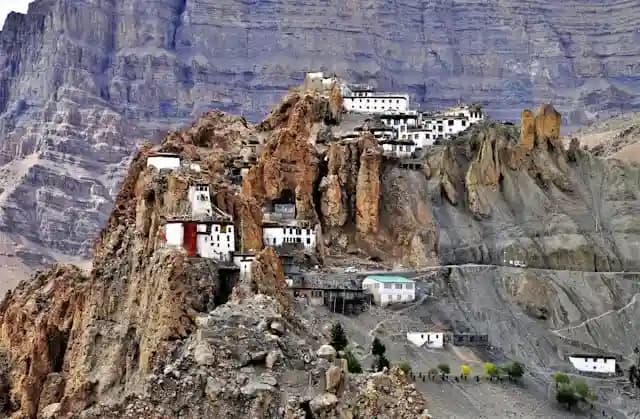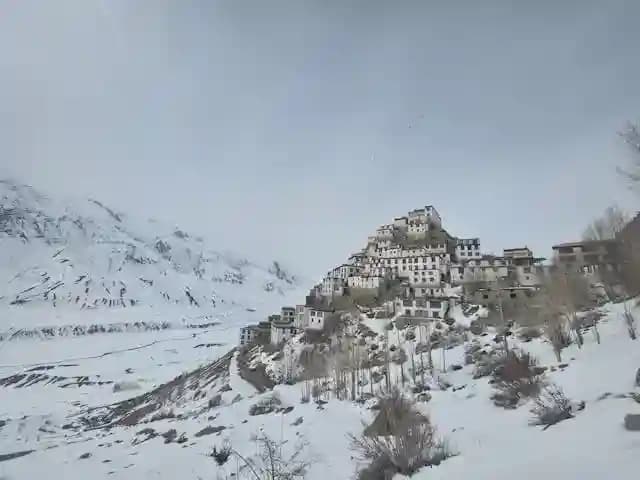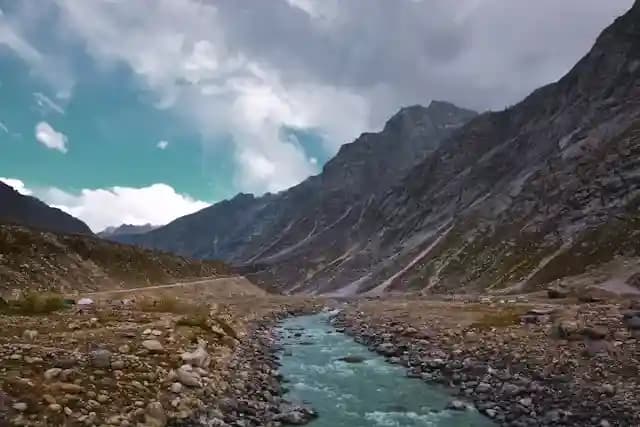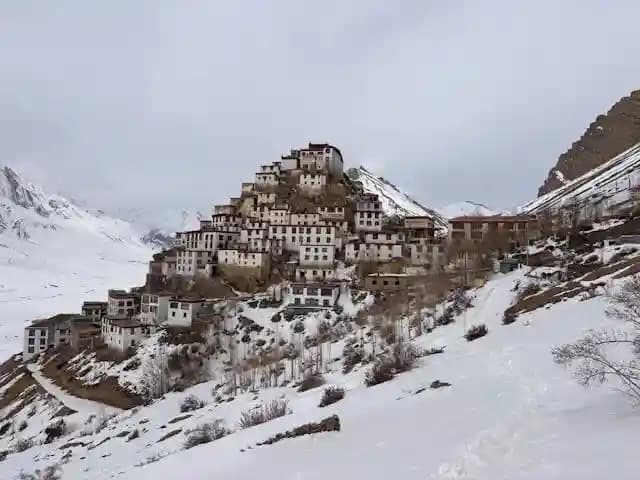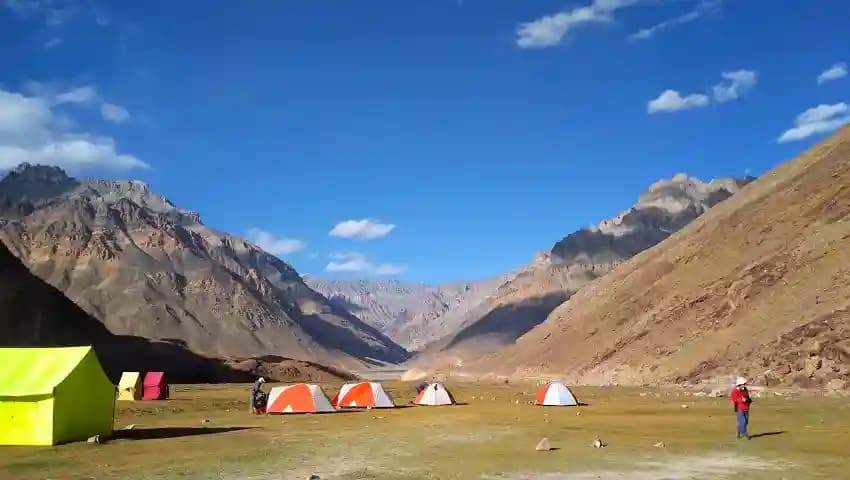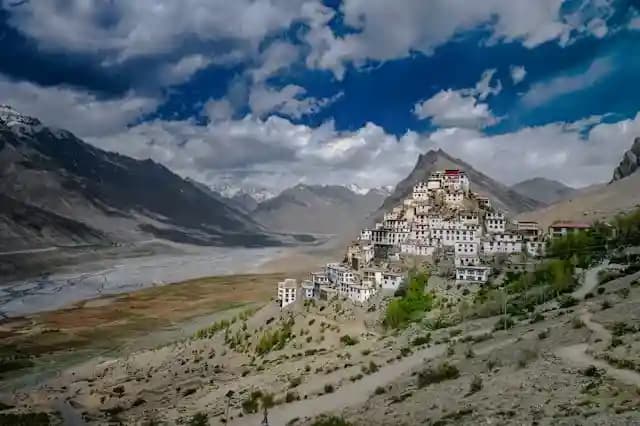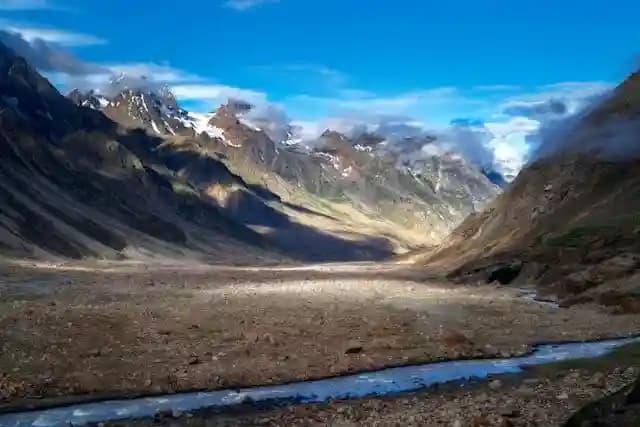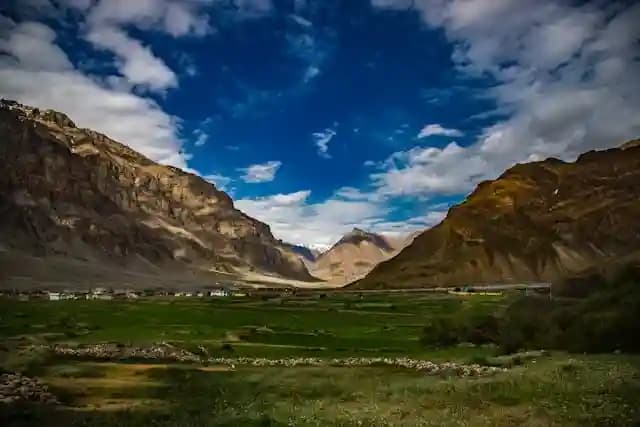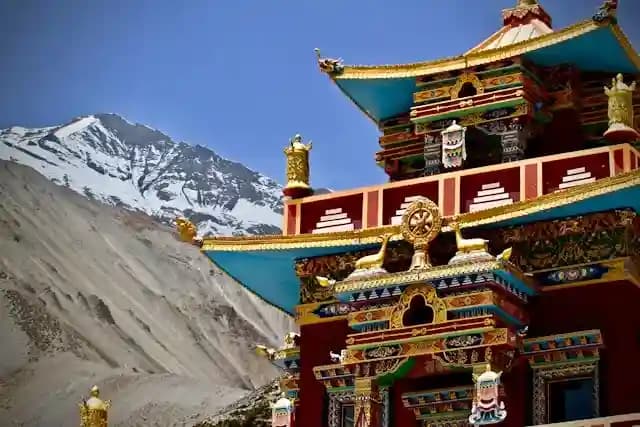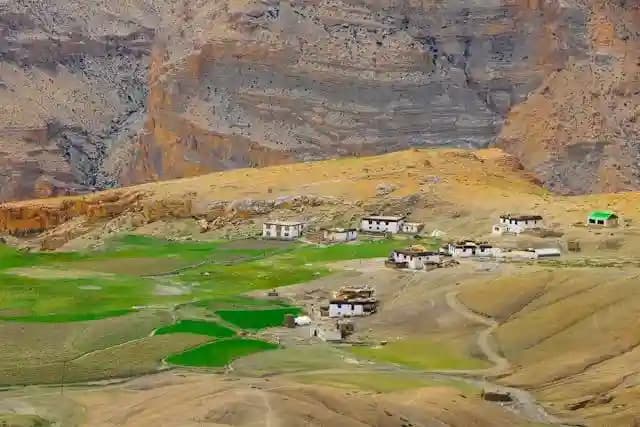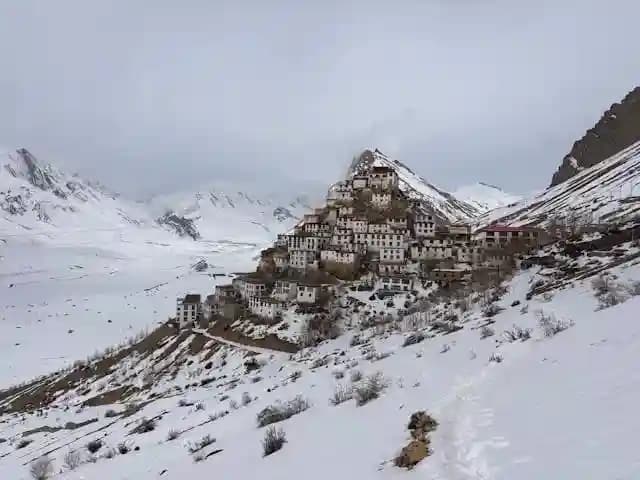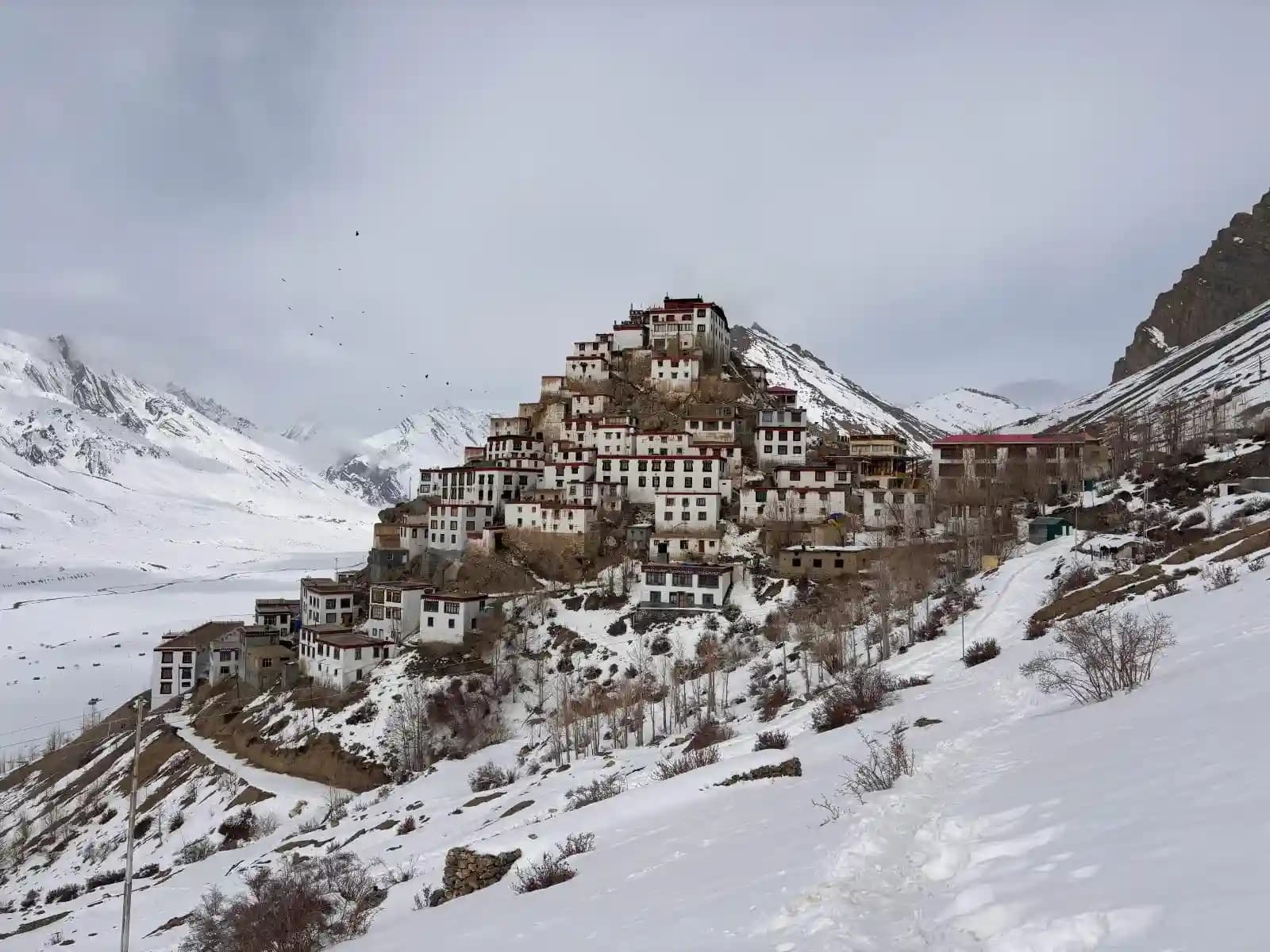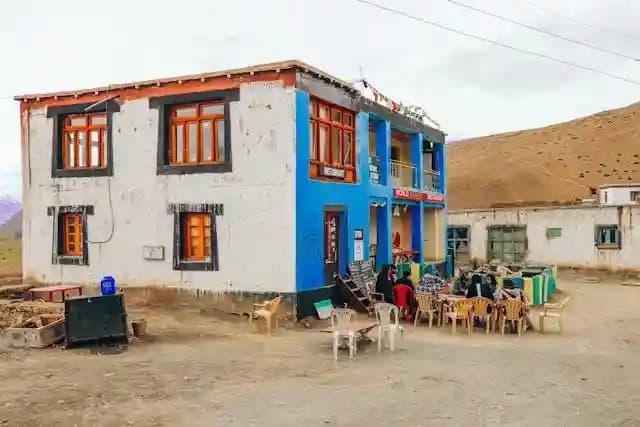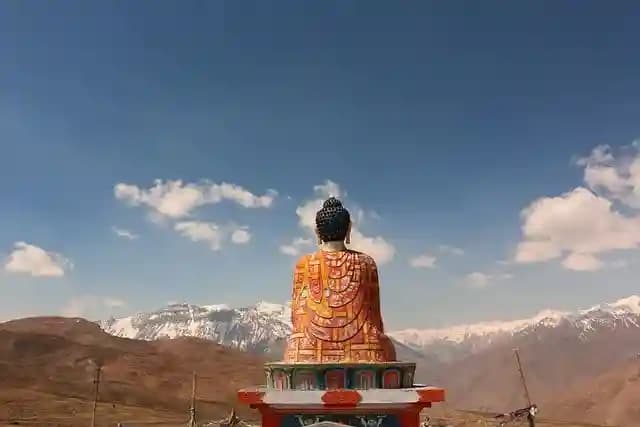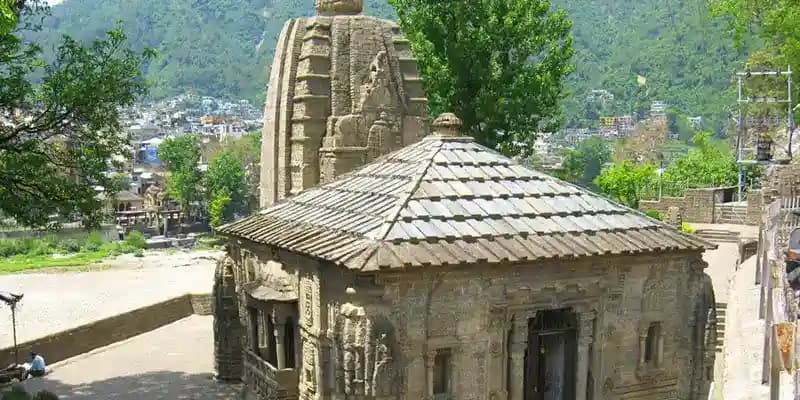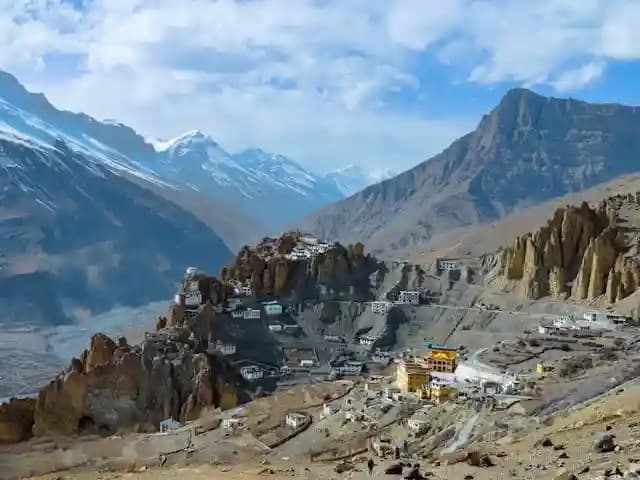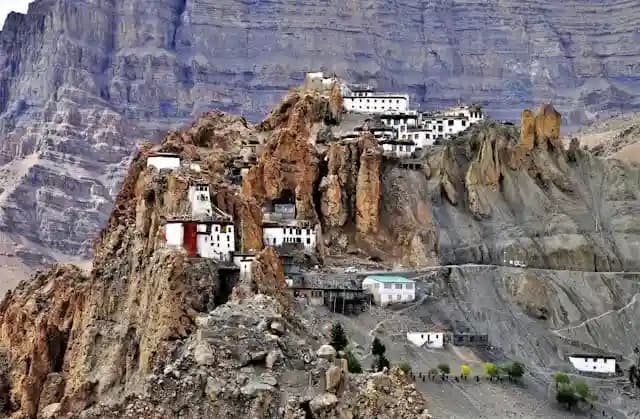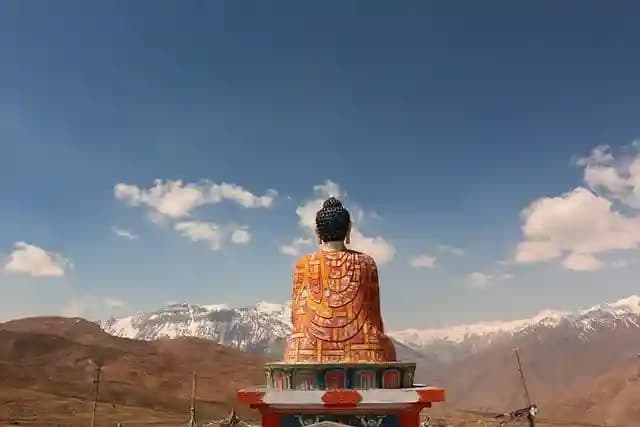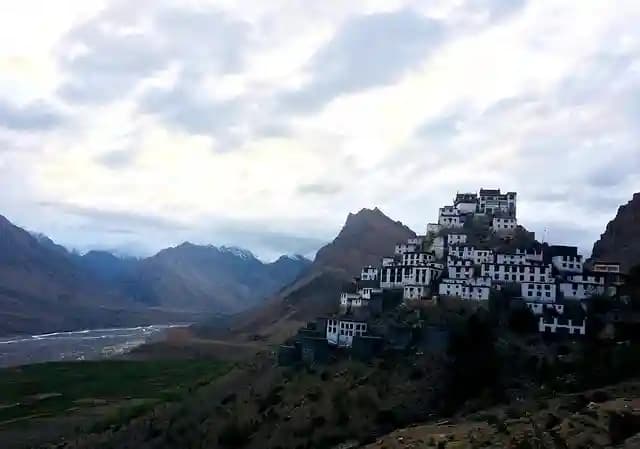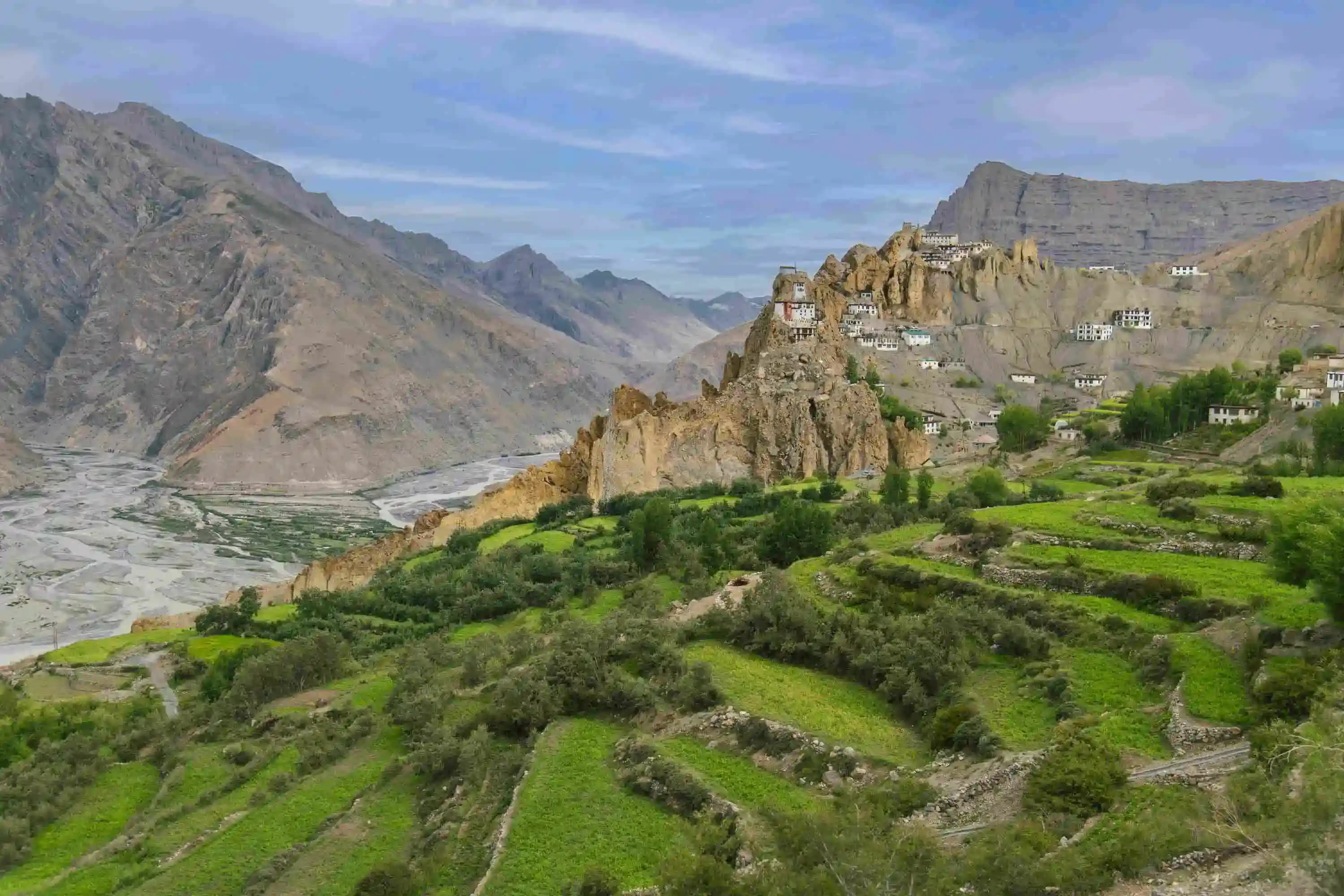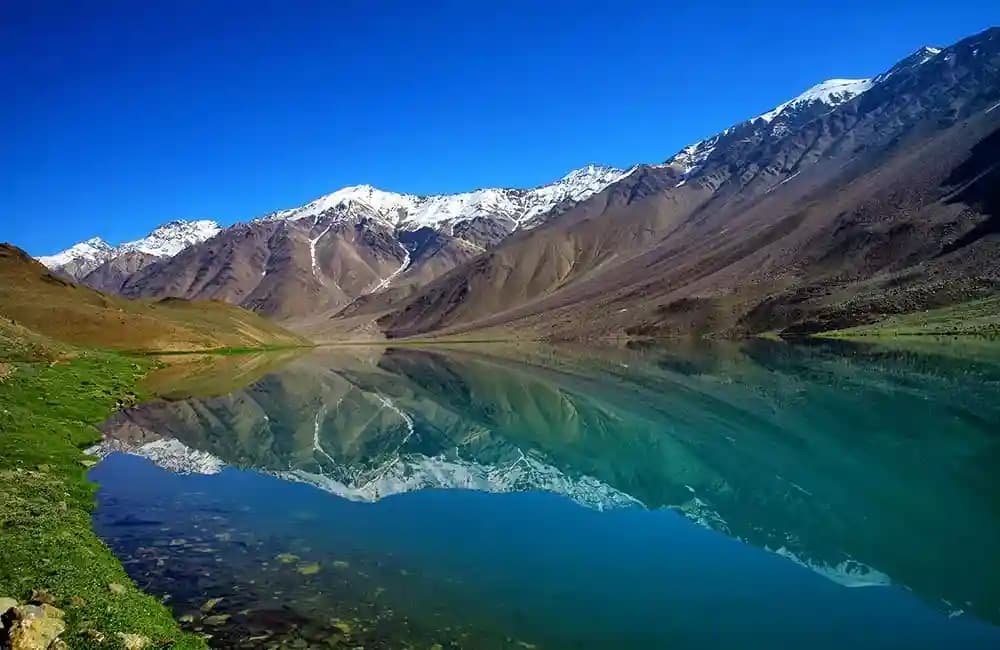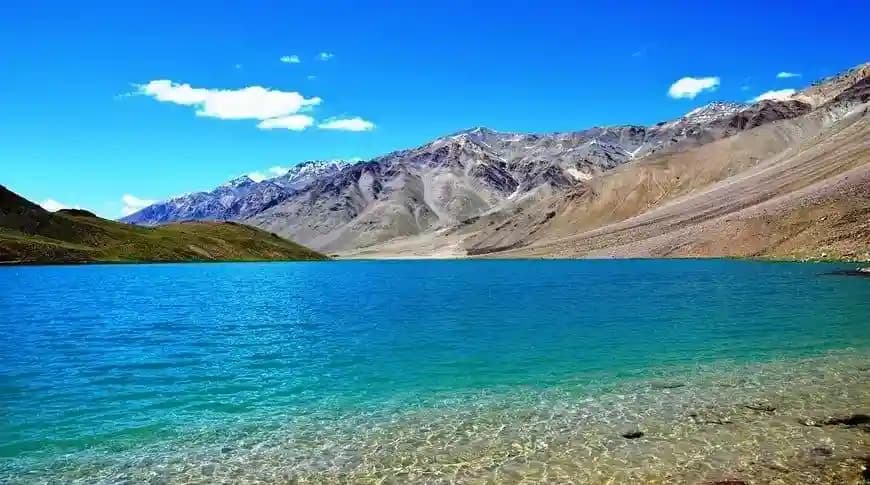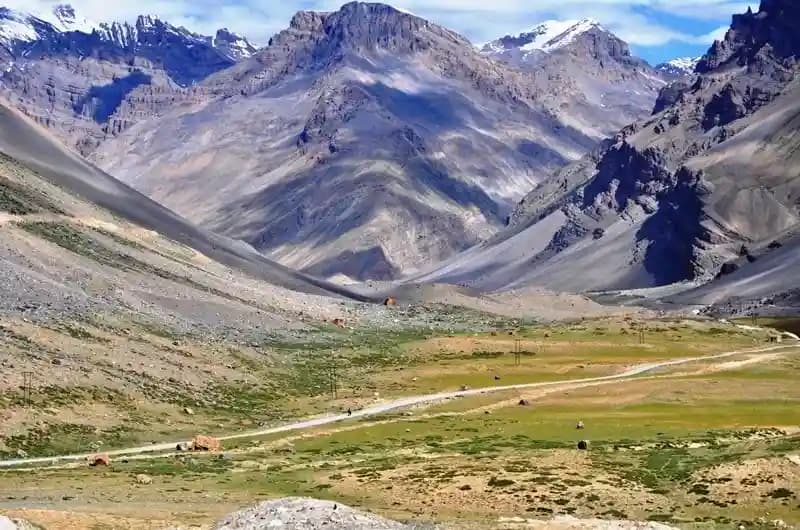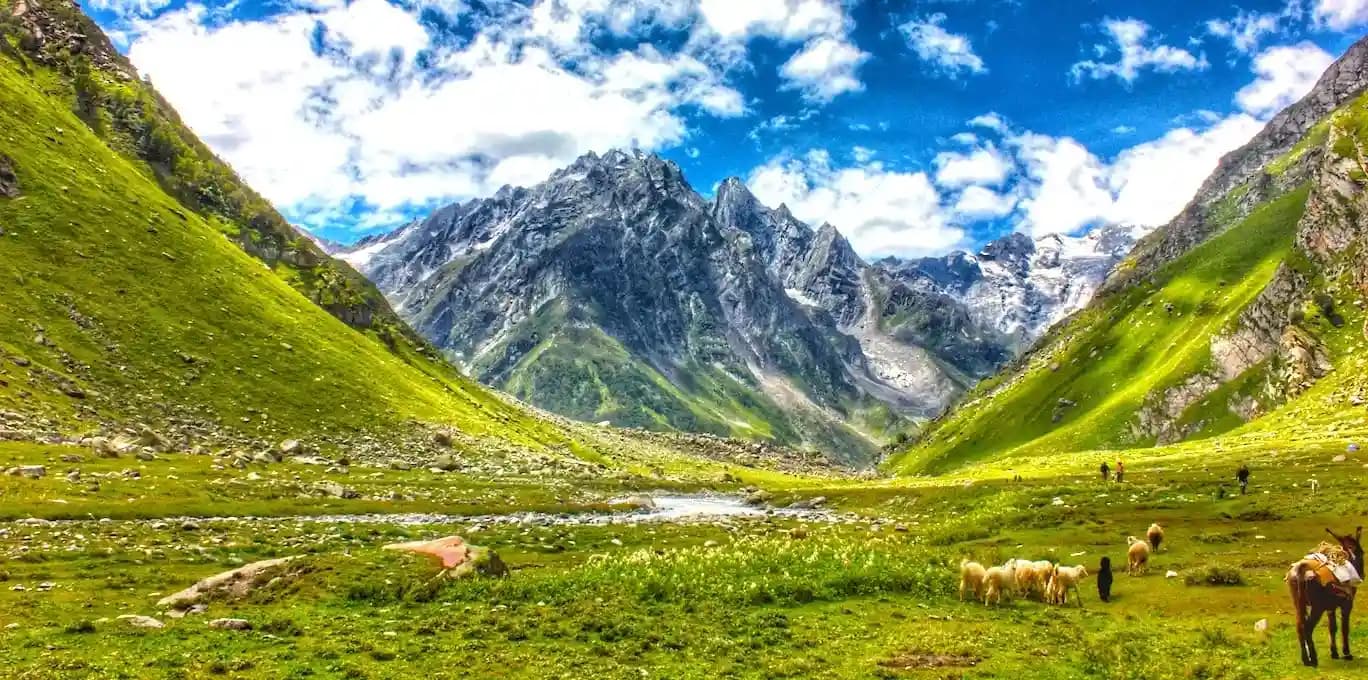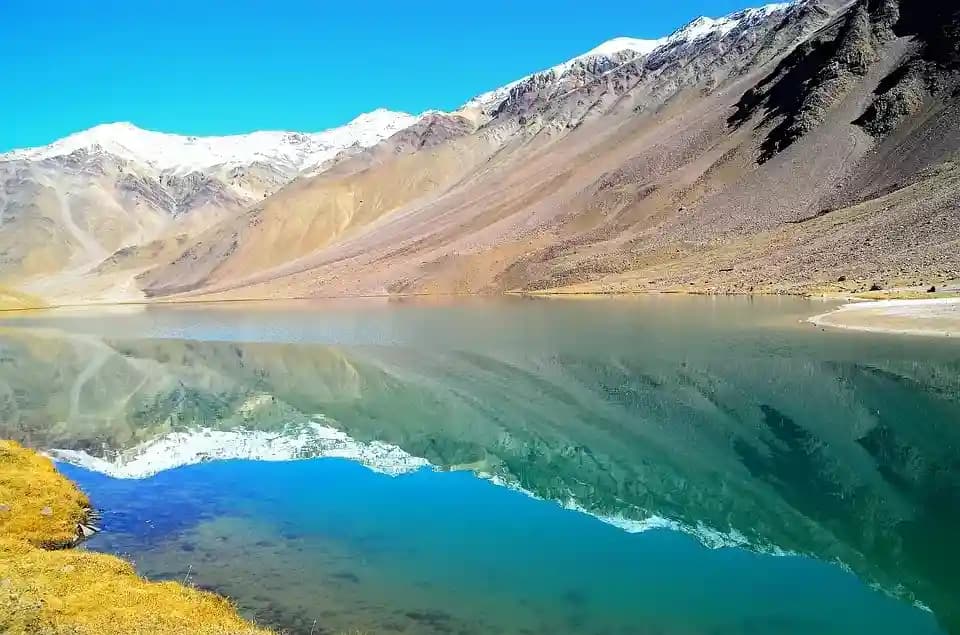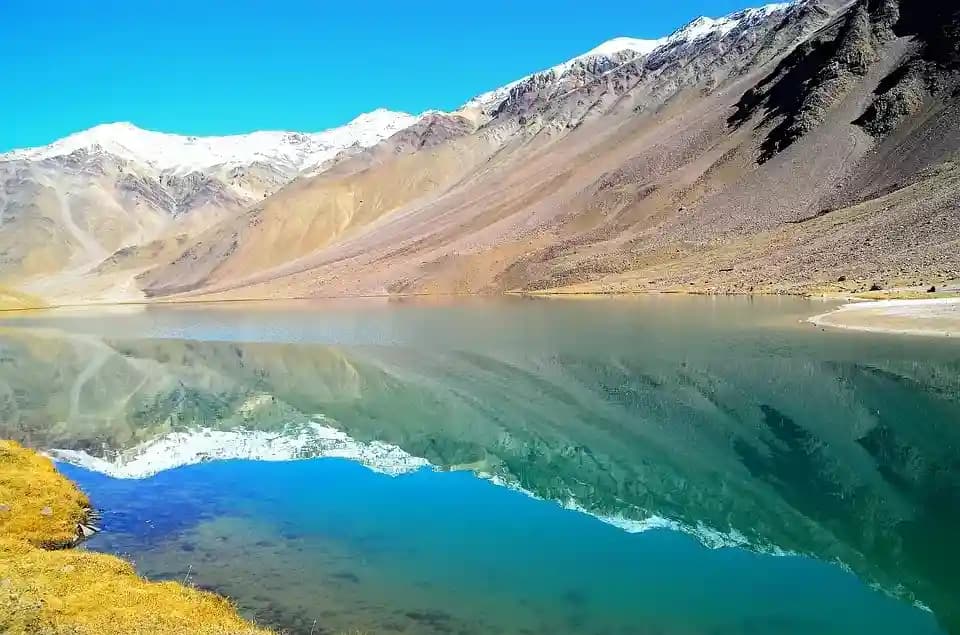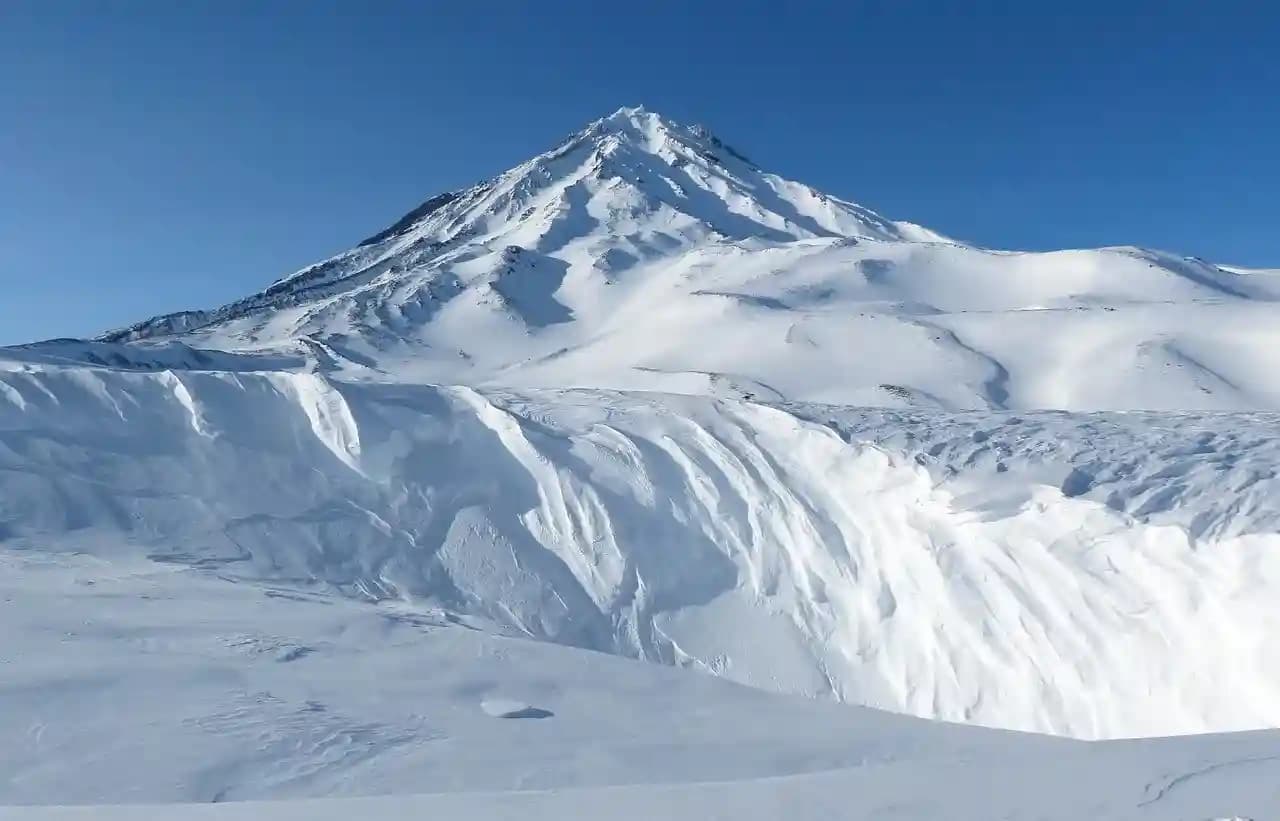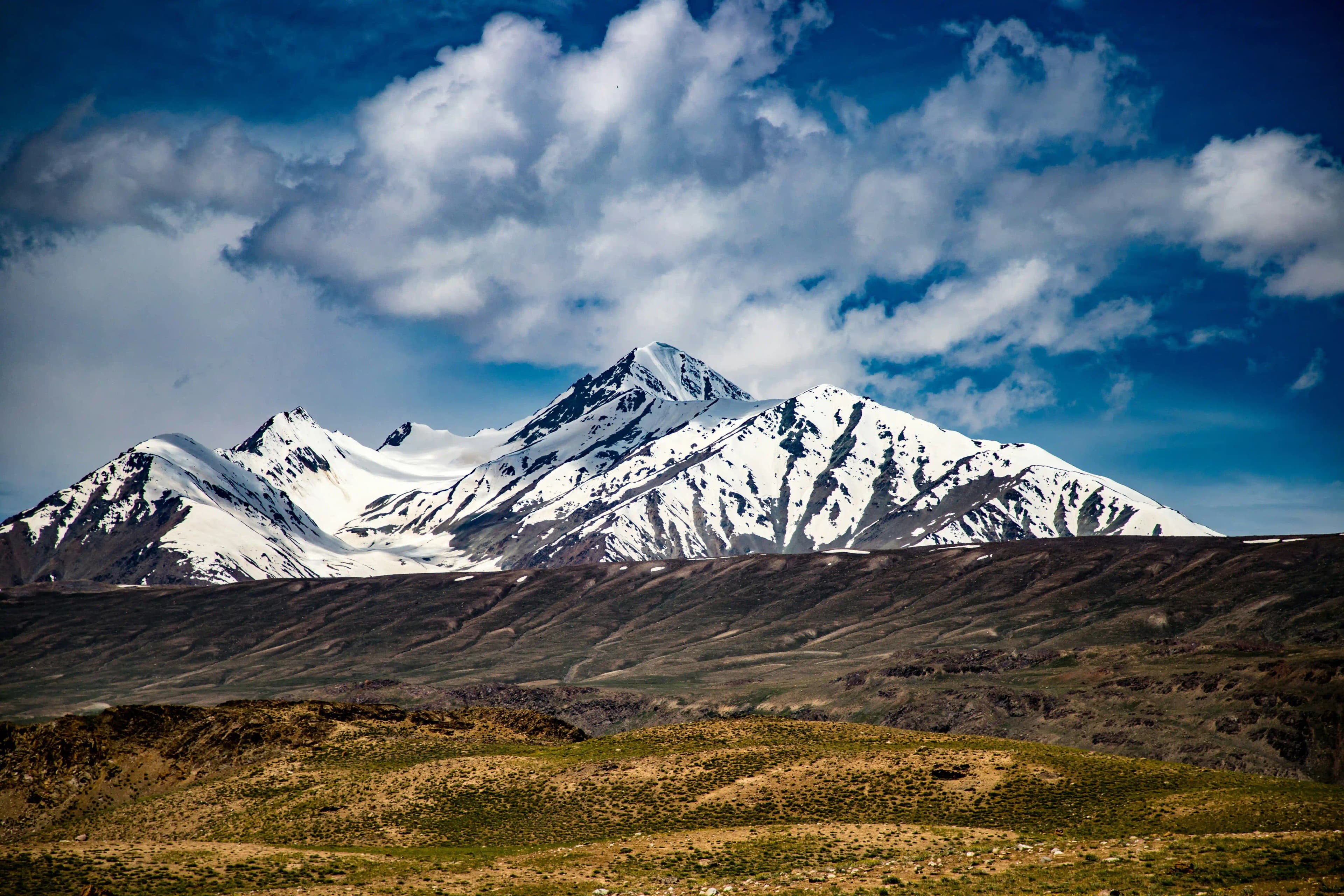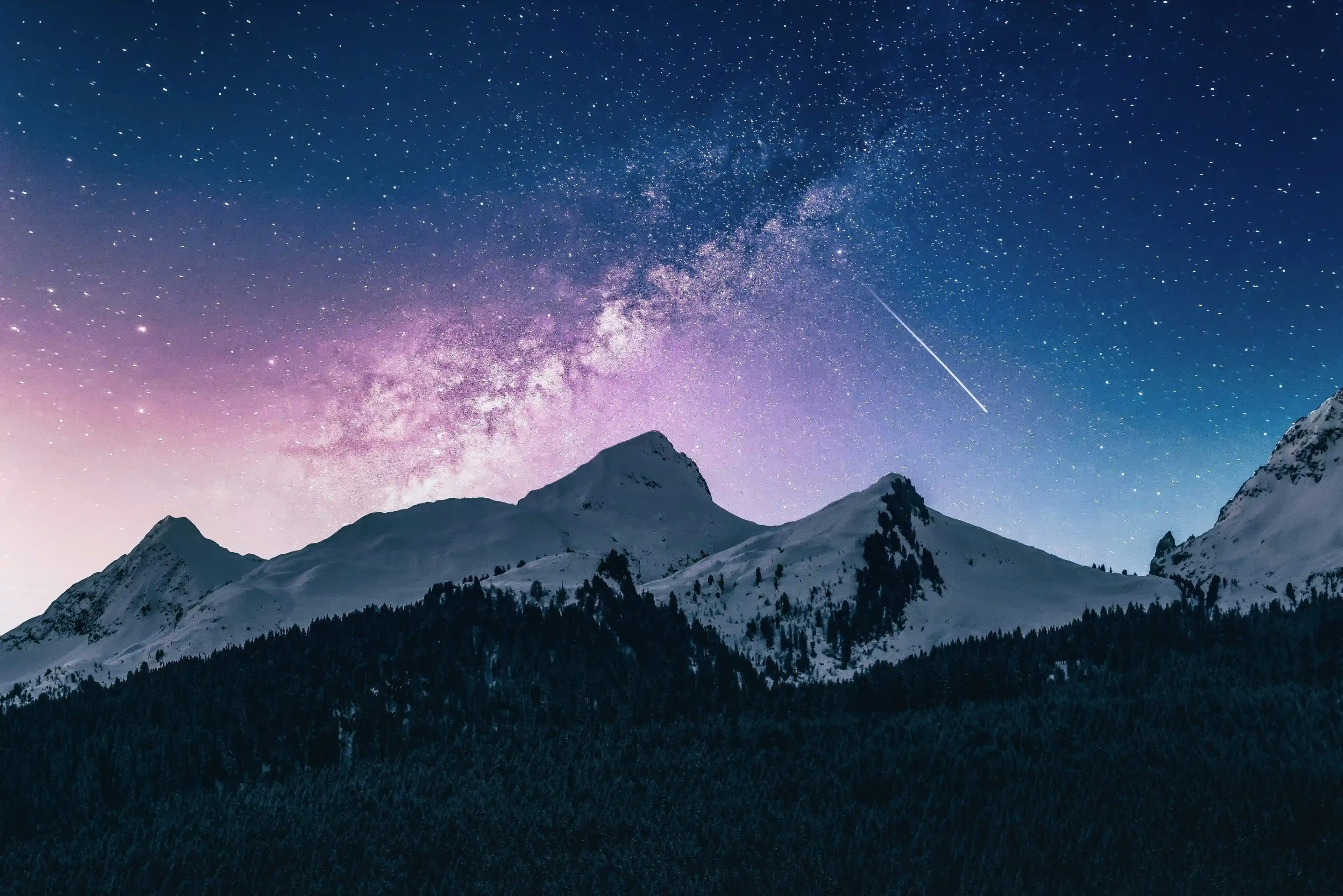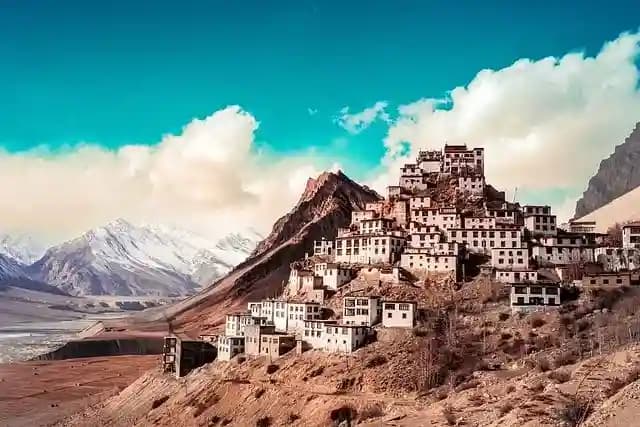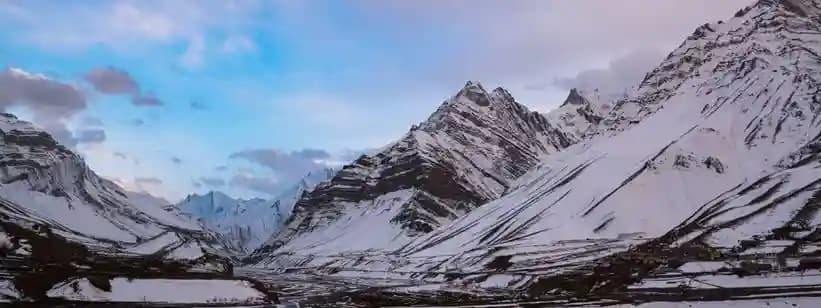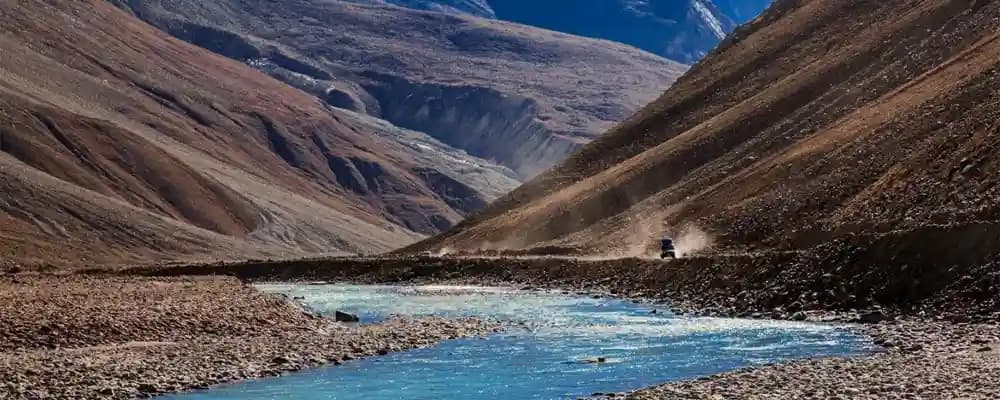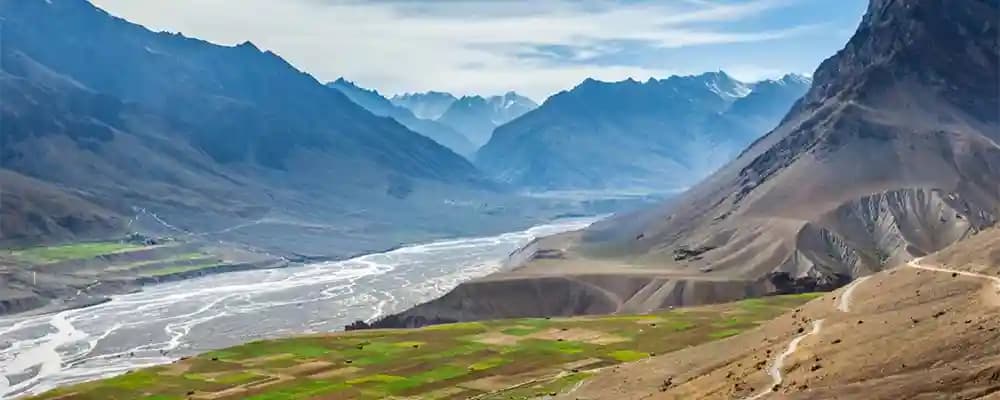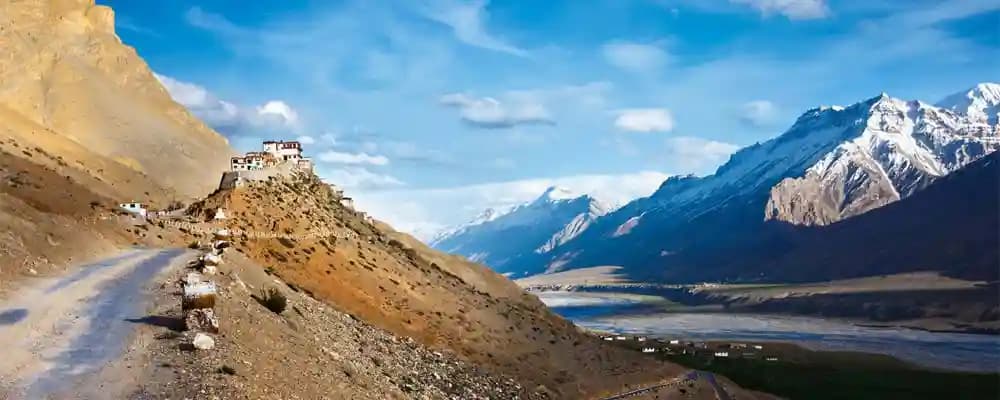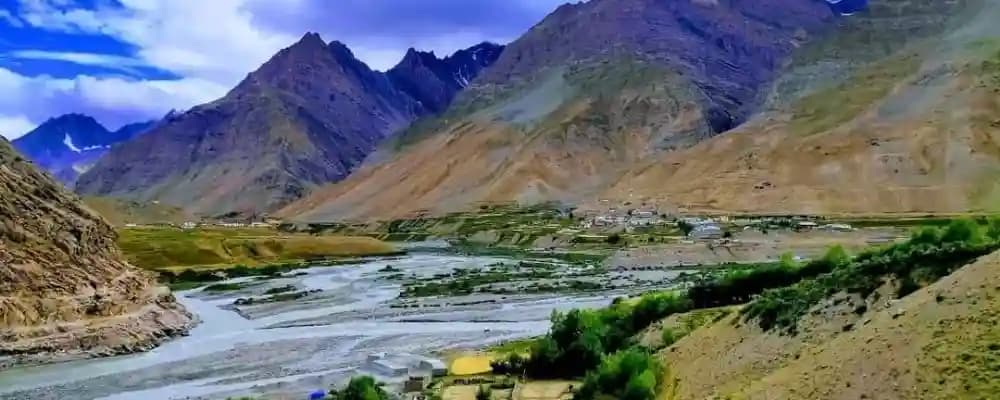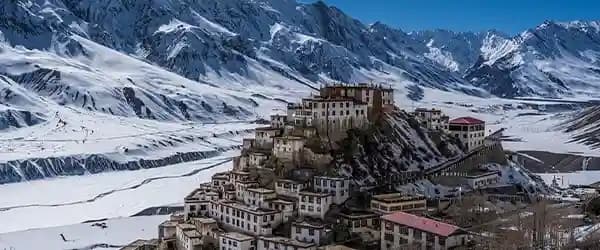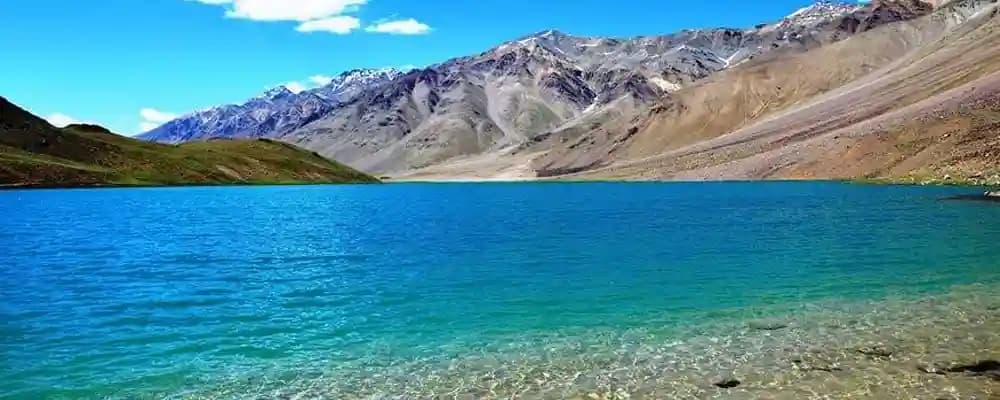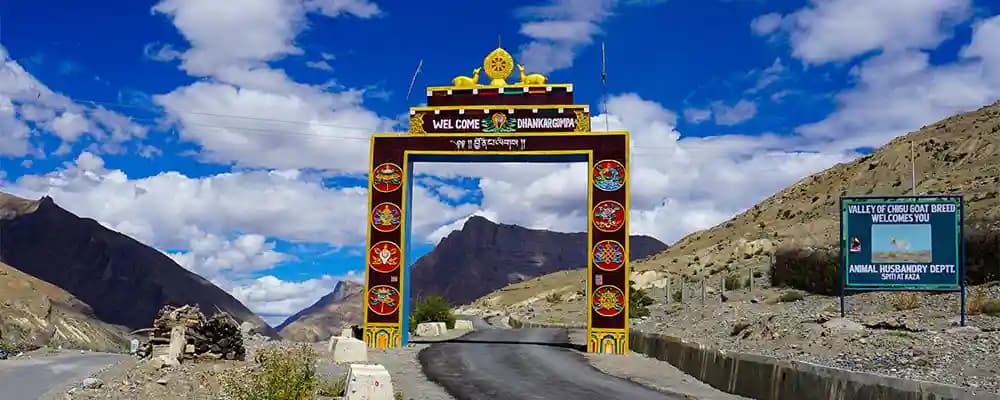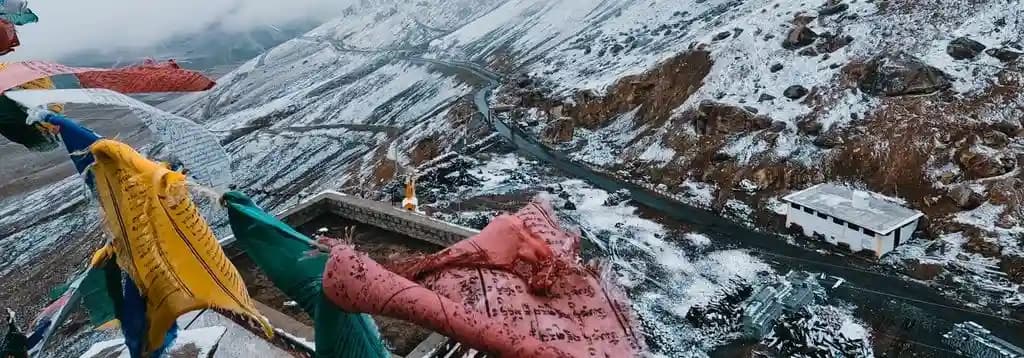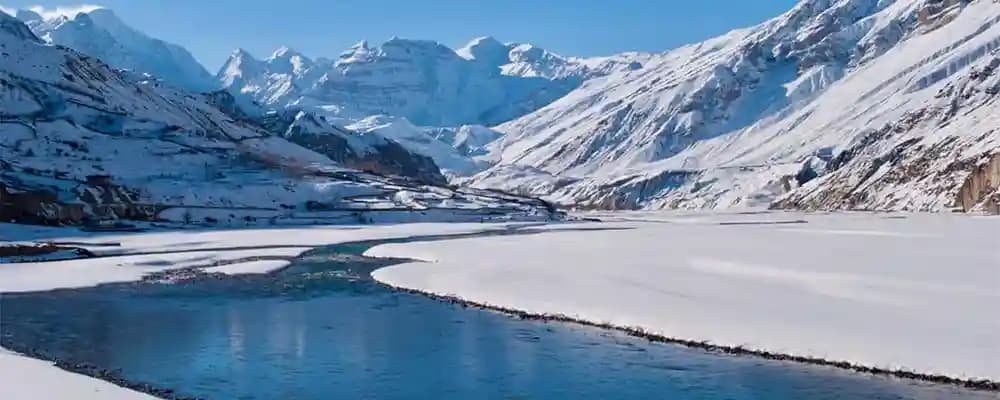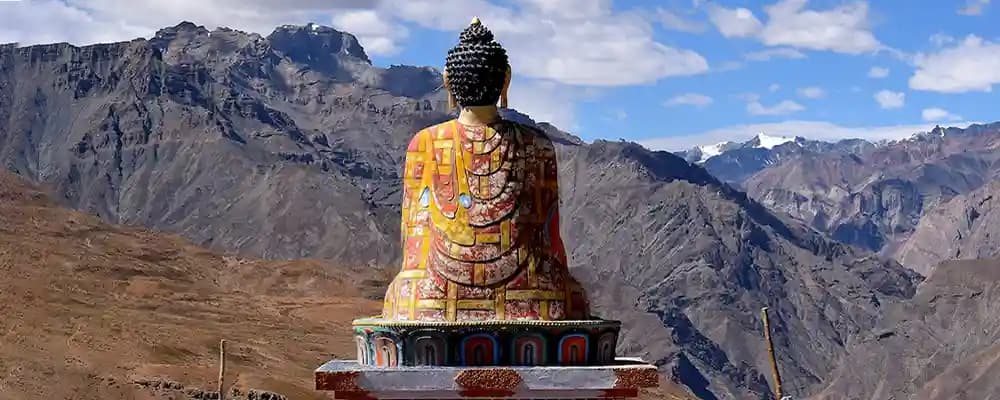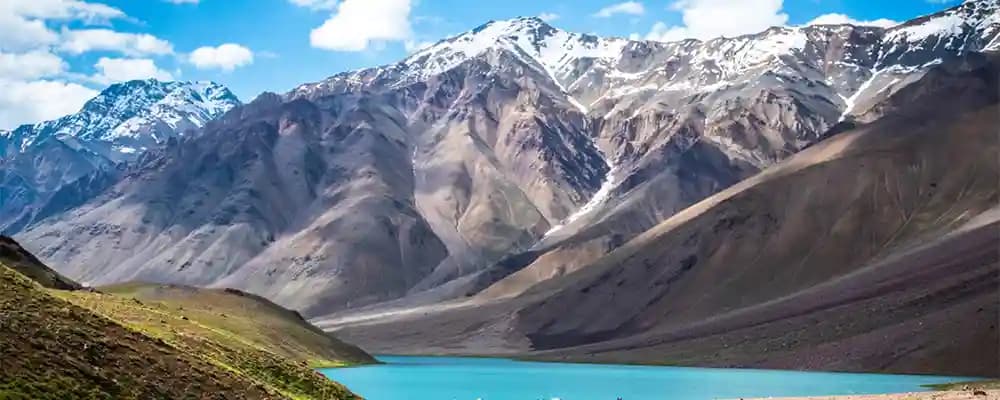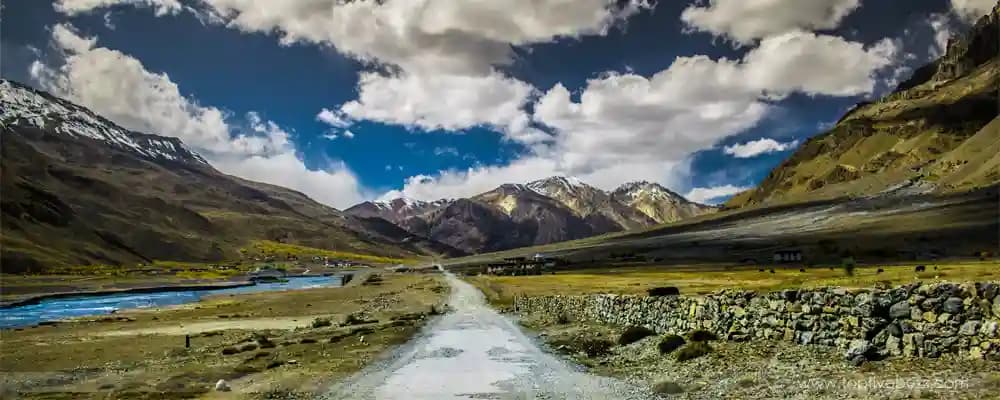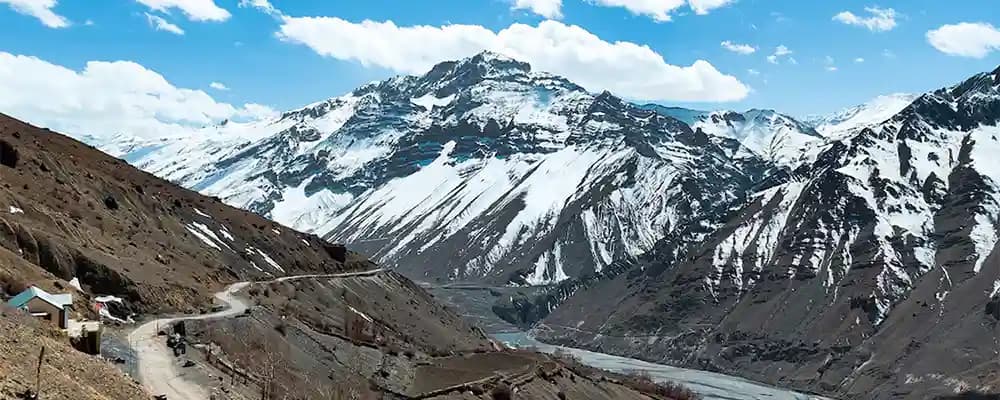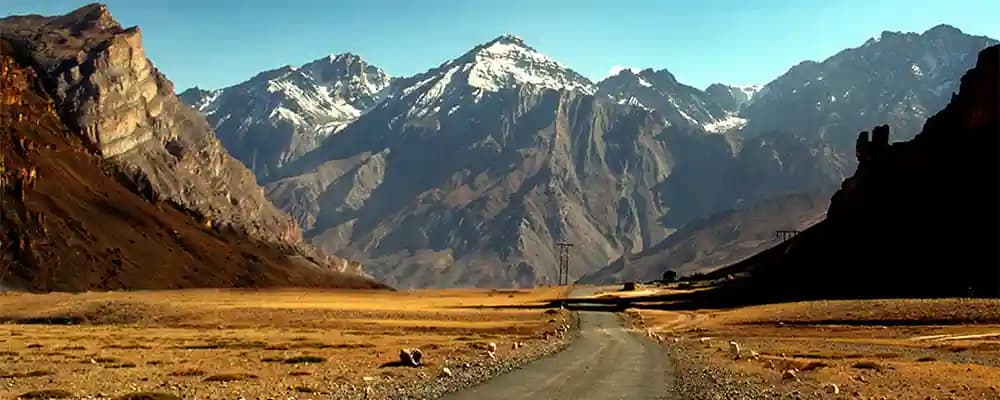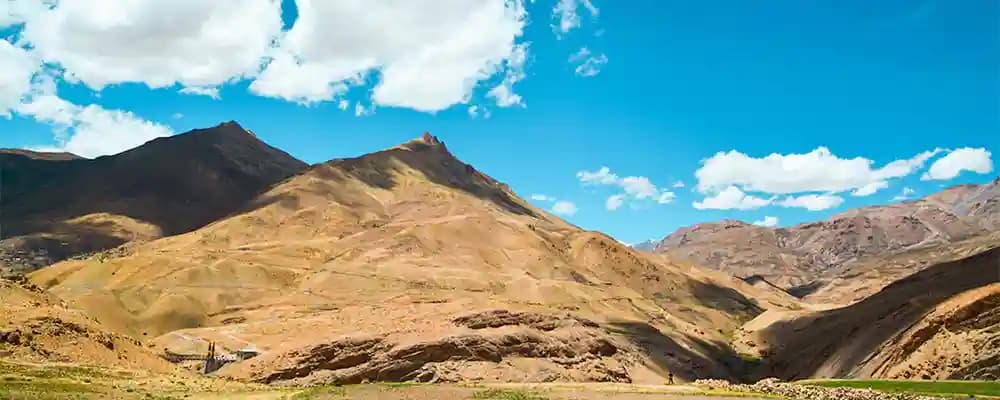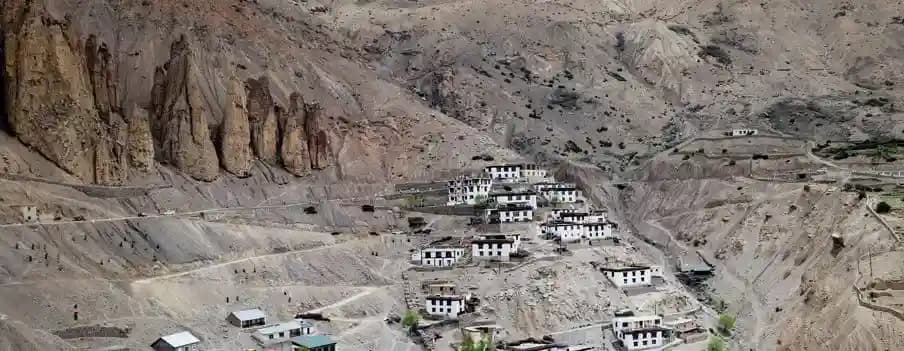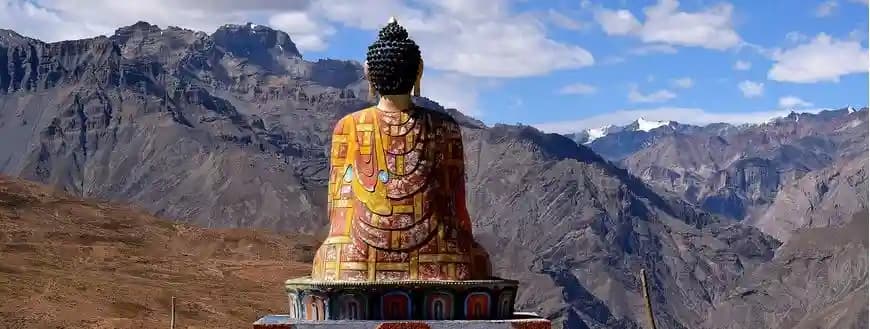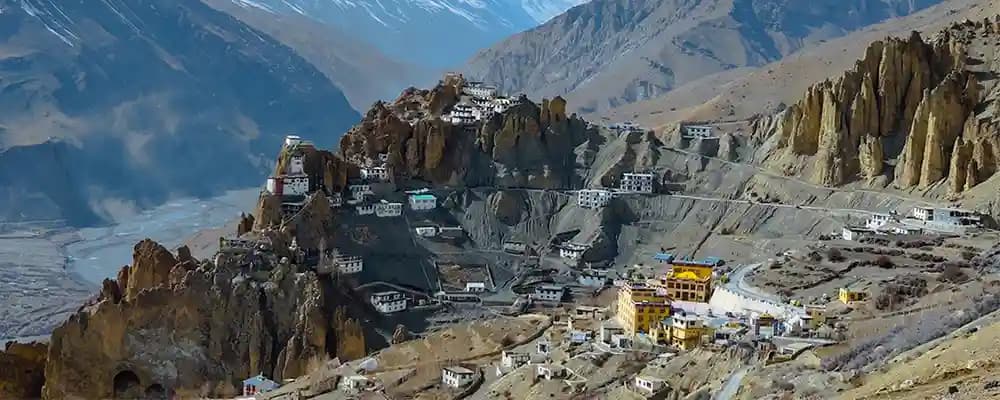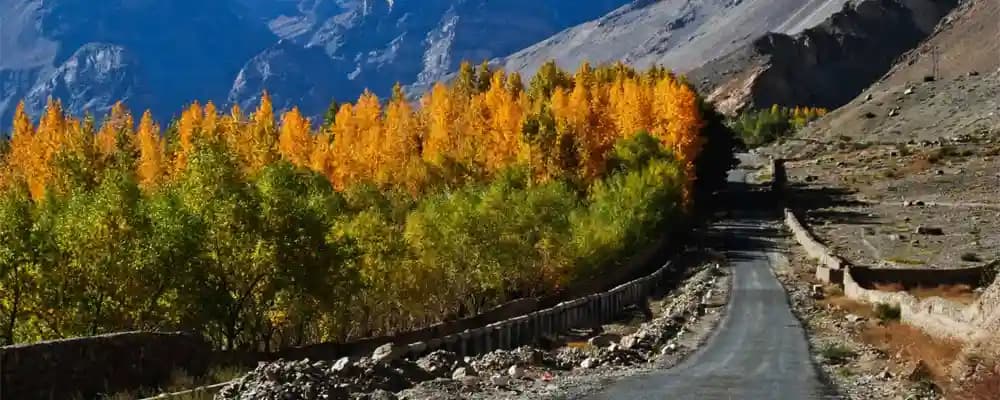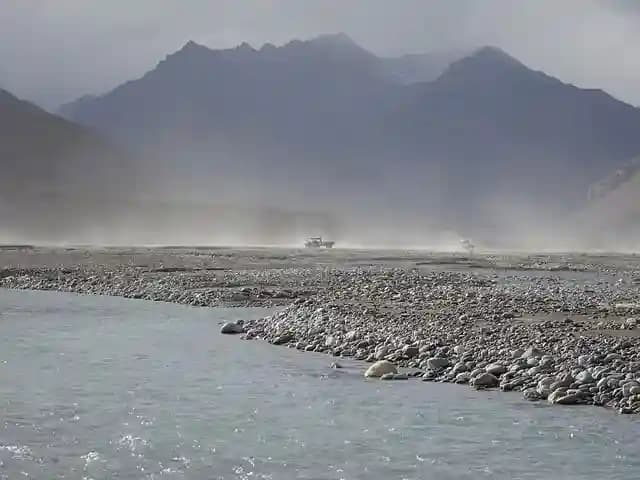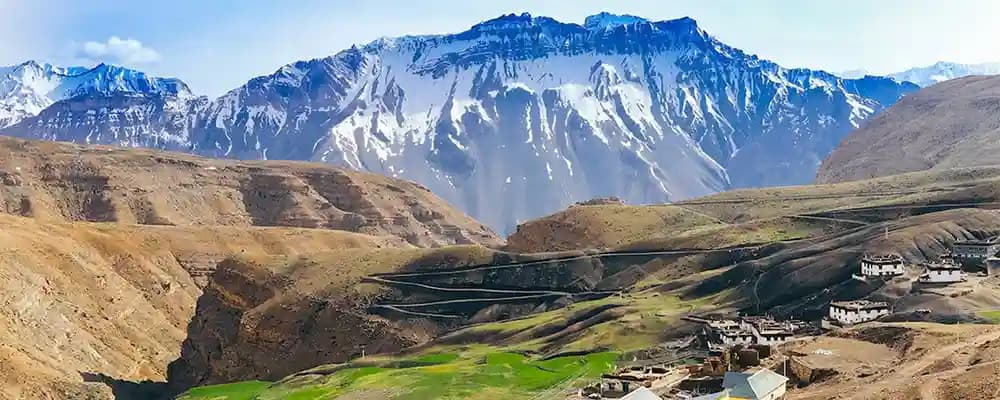Rudyard Kipling has described Spiti Valley as ‘A world within a world’. It is perhaps the most peaceful, and one of the least populated areas in India. Spiti lies on the Tibetan plateau and has an average elevation of over 3500 meters. Spiti Valley serves as both a research hub and a cultural center for Buddhists, drawing visitors with its unique attractions. Among its highlights is the Key Monastery, renowned as one of the world's oldest monasteries and a personal favorite of the Dalai Lama. The valley has also been a captivating backdrop for numerous Bollywood films, including "Paap," "Highway," and "Milarepa," which narrates the adventurous biography of one of Tibetan Buddhism's most celebrated saints. To explore this rich tapestry of culture, history, and natural beauty, you can check out Spiti Valley tour packages. These packages can help you plan a well-rounded and insightful journey through this culturally significant and visually stunning region. Whether you're interested in spirituality, history, or the cinematic allure of Spiti, these packages can make your trip both enjoyable and enriching. Lahaul and Spiti district is surrounded by high mountain ranges. The Rohtang Pass, at 13,054 feet (3,979m), separates lahaul and Spiti from Kullu Valley. A road connects the two divisions, but is cut off frequently in winter and spring due to heavy snow.
Best time to visit Spiti Valley
The best time to visit Spiti is from March to June. The ones who are into a relaxing vacation should visit Spiti during this season when the temperature ranges from 0⁰C to 15⁰C, which starts from March and lasts until June. Winters in Spiti are for the daring. The road connectivity is unreliable during the winters with Manali- Kaza highway being cut-off. The snow leapord expedition is one activity that takes the cake during this season. It is best to avoid planning a trip to Spiti during the monsoons months (July- September), since the continuous heavy rainfall, followed by landslides and slippery roads, may spoil your holiday mood to a great extent.
How to reach Spiti Valley
Spiti Valley is situated at a distance of roughly 235 km from the hill station of Shimla. Given below is a route map you can follow to reach the Valley via Kinnaur Valley starting from Shimla:
Delhi- Narkanda- Reckong Peo or Kalpa or Sangla- Tabo(Spiti)
A minimum of three days will be needed to reach Spiti from Shimla, over NH05.
It is also recommended to travel to Spiti Valley over Hindustan- Tibet Highway as it is one of the most scenic routes to reach Spiti.
Read Blog: 10 Most beautiful places to visit in Spiti Valley ( Expert Guide )
By bus You can take a bus from Chandigarh to Shimla or Reckong Peo and then you can travel to Kaza by taking a bus between Reckong Peo to Kaza. From Shimla, the bus to Reckong Peo operates daily at 5:00AM. Two HRTC buses run regularly between Shimla and Kaza every day, one early in the morning, while the other in the evening.
By trains:
Via Chandigarh- the best option among these three would be to reach Chandigarh first by train and then to Spiti Valley by taxi or bus.
Via Shimla- you can also board the Kalka- Shimla toy train that travels between Shimla and Kalka. (trains that run between Kalka to Shimla: Rail Motor, KLK SML Pass, Kalka Simla EXP, Shivalik DLX EXP, and Himalayan Queen.)
Via Jogindernagar- it is the nearest railway station to Spiti Valley located at around 160 km from Manali. To board this train you’ll first have to reach Panchkot, and from here you board the toytrain that will drop you at Jogindernagar. (trains that run between Pathankot to Jogindernagar: PTK JDNX PASS Daily, PTK JDNX PASSENGER Daily.)
By air: The best way to reach Spiti by air is from Delhi, Chandigarh, or Jubbar- Hatti of Shimla, whichever falls closer to your location. The flights mostly run in the morning, and the major airline is Air India. The flights will take you directly to Kullu Airport. Major cities like Mumbai and others are also interconnected to the airport, via the three primary options.
Things to carry for Spiti Valley Trip
Here’s a list ranging from essentials,
1. ID Card: Mandatory to carry a government approved photo ID Address Proof (i.e. Aadhar/Passport/Voter’s ID/DL and PAN CARD)
2. Bags: One big bag for clothes, a smaller one for meds and other valuables and gadgets and other personal and body care essentials etc. Waist bags bags can be very useful and handy.
3. Medicines: Meds for headache, fever, stomach ache, cold and cough syrup and motion sickness maybe required by you too. Also carry any other medicines, specific to your health conditions.
4. Clothes: Its best to wear layers as temperature can change rapidly in terrains such these. Hence wear layers as its convenient to add/subtract layers as and when needed. Make sure apart from your regular clothes carry sweaters, gloves, caps etc. comfortable lowers will make your journey a lot better. Woolen socks will keep your feet warm. Crocs/slippers preferably which is wearable with socks. Comfortable walking shoes with good grip.
5. Body Care: Lip balm (glycerin is must for cold weathers), UV sunglasses (UV rays in high altitude can be quite damaging to our eyes), Sunscreen lotion (UV rays at high altitude are quite damaging to our skin it can cause severe sun burns and wrinkles which lead to make us look aged and old sooner), Moisturising lotion/Mustard oil (cold season demands for extra moisture and mustard oil can be helpful for lubricating the insides of your nostrils which can become quite dry and painful due to dry and cold winds)
6. Eatables and drinks: Glucose: small sachets of glucon C/D is a very good idea for taking on a trip like this, because high altitude can strip people of their energy hence instant energy is needed. Remember to carry small packaging of stuff not the bigger ones, Chocolates, biscuits, dry fruits and nuts: energy bars are great things to carry on these trips they provide maximum sustenance with minimal effort. Other than these dry fruits are also a very great way to gain some good fats and energy. These instant snacks will come very handy on long journeys.
7. Other personal essentials: Paper soaps, hand sanitizers and toiletries are other personal essentials needed on journeys of course.
8. Gadgets: Power banks, earphones/headphones, DSLR/Go PRO/SLR/POINT & Shoot & Spare set of batteries for camera, spare memory cards, portable speakers, old school phones (mostly for long lasting battery life).
9. Miscellaneous: LED Torch/ Headlamps, Thermos Flask/Bottle- if you’re tea/coffee lover, Eye mask, Neck pillow, Light blanket, Ear plugs, Book to read, Board games, Lock for your bag packs.
Read Blog: 8 reasons to visit Spiti Valley in winters
List of Tourist places to visit in Spiti Valley:
1. Chango:
Chango’s apples are the best in Spiti. Chango is also the place with 108 Buddhist original temples.
2. Nako:
Lying geographically in Kinnaur, Nako is located in Hangrang Valley. It’s a pretty village with the ancient Monastery- Nako Monastery. Nako Lake is a pretty water body located just a short walk from Nako village.
3. Gue:
Kept in a glass chamber in Gue are mummified remains of Lama recovered while digging, its finger nails still grow and hair too. Quite a lovely village with fascinating stories
4. Tabo:
Tabo Gompa is aworld heritage site. Tabo Monastery is known as Ajanta of the Himalayas. Huge Gompa with stucco statues of Bodhisattvas and exquisite wood carvings.
5. Dhankar:
1200 year old Dhankar Gompa built on a cliff with barren rock face slowly sinking into a river. The Monastery is impossibly perched with views that inspire euphoria.
6. Kungri:
One of the most important Monasteries in Pin Valley and the largest too. Ugyen Sanga Choling Gompa is 600 years old and has vivid murals of protector deities. There is a huge new Monastery and museum too in the same complex.
7. Mudh:
A beautiful village in Pin Valley with the Pin river flowing by. Picturesque landscape with all possible colors, purple flowers bloom. A road is being constructed to Pin Bhabha Pass. Snow might be visible near Mudh village even in the end of July. The last motorable village in Pin Valley. Great views.
8. Kaza:
Kaza is the biggest settlement in Spiti located on the eroded flood plain of the Spiti river. Sakya Gompa is colorful and has interesting Thangka(s) inside. Kaza has good hotels and a local market with many restaurants. Rest easy with the availability of a hospital in Kaza for altitude-related concerns, as you gear up for an exhilarating Spiti Valley bike trip, exploring the rugged terrains and cultural marvels of this breathtaking Himalayan destination.
9. Kibber:
Kibber was once claimed to be the highest village in the world and is located at 4200m. home to Kibber Wildlife Sanctuary.
10. Langza:
Medicine Buddha statue with views of the peaks named Chau Chau Kang Nilda. There’s also a fossil park nearby.
11. Hikkim:
Highest permanent post office in the world at 4360m.
12. Demul- Komic- Lhalung:
Seemingly unreal high altitude villages. Roads feel like they are above the skies. Komic lays claim to the highest gompa in India and a tantric Mahakala temple with a stuffed snow leapord. These three villages can be visited in one day as they lie not too far from each other.
13. Losar:
Losar village is the biggest village in Spiti Valley and has grand views of surreal landscapes. The last place with staying facilities before crossing Kunzum La.
14. Kunzum La:
Kunzum La pass is the gateway to Spiti, Goddess Kunzum keeps guard over the 4551m Kunzum La. There is a scenic temple built at the top and the vehicles pass by from the left for good omen.
15. Chandrataal lake:
A jeepable track (14km) runs from the lovely and tranquil Chandrataal Lake. It is also called Moon Lake and is set among the mountains at 4270m. The last 1.5 kms have to be walked – cars are not permitted to drive further as it is a wildlife protected area – a Ramsar Site.
16. Batal-Chhota Dara-Chhatru:
Rudimentary dhaba type shelters available with basic food. This stretch is scarier than any other roads where the drive is in reality on a dried riverbed. The Chandra river criss-crossing the way numerous times makes it a pure adrenaline rush.
17. Wildlife Sanctuaries:
of Pin Valley National Park known as ‘land of ibex and snow leopard’, and also Kibber Wildlife Sanctuary known for sightings of Tibetan wild fox and snow leopard.
Eccentric activities to explore while in Spiti:
1. Quirky Experience : Chicham – A bit farther than Kibber lies Chicham village and to get there is a feat not meant for the faint hearted. A trolley will take you overlooking a 900 metre drop.
2. Local Food : Tsampa, Thukpa, churpe, buckwheat chiltas are some of the names of Spitian dishes. Momos or steamed dumplings are incredibly delicious wherever you chose to eat in Spiti.
3. Tibetan salt and butter tea is consumed mostly in the winters as it is warm, locally called cha-cha.
4. Chhang (a kind of beer) made from barley is available at mostly every home. The distilled form of the same called Arak is very potent.
5. Yak cheese is bitter but very healthy and can be bought at any of the yak rearing high-altitude villages. Sometimes available at the market in Kaza (locally called Churpe.)
6. Cham Dances : Elaborate masked dances, performed by colourfully attired lamas. Dances depict the victory of good over evil. Villagers from far and sundry come to attend and it resembles a sort of ‘mela’. Nyingmapa Kungri Monastery – Cham dance is held in late June or early July. Kee Monastery’s cham dances are the most famous and are held in July. Tabo in first week of October followed by hardly known Tangguid festival at Komic. Dhankar cham dances are held in November.
7. Losar festival : Spiti’s biggest festival, also known as the Tibetan New Year. Held between late January – to early February. Special food, changing of juniper wood on the rooftops. Nights pass in feasting, dance and song as the entire village is in very happy spirits and Chhang flows freely. Ladies dress in their traditional best.
